I am not someone who is easily bored. I’m happy to amble along snapping photos and taking countless coffee breaks as long as there is something interesting to grab my attention along the way. That is probably why I enjoyed my three days in Vientiane, Laos so much. The city is compact with a limited number of conventional things to do. But to speed through en route to more bustling destinations is to miss out on Vientiane’s subtle charm. This former French colony is packed with stylish cafes and handicraft shops that will entice you to linger. Here follows my three-day itinerary for Vientiane. I hope you find this quiet capital as worthwhile as I did!
DAY 1
The temples and monuments of central Vientiane
Depending on what time you arrive in Vientiane, grab breakfast or lunch to fuel up for a busy day of sightseeing. I arrived late the night before, so enjoyed oat-crusted mango French toast at my hotel, the Dhavara. If you’d rather try one of Vientiane’s cafes, Common Grounds and Le Trio Coffee are good choices.
Hire one of the many brightly colored tuk tuks to drive you to Pha That Luang, Vientiane’s most significant attraction. The gleaming gold stupa was erected in the mid-16th century when the Lao Kingdom was at its peak. (What we see today is an early 20th century French restoration.) The stupa is sacred in Lao Buddhism due to a legend that a piece of the Buddha’s breastbone is interred within. A large reclining Buddha sleeps peacefully in a nearby garden.
Several temples and decorative buildings make up the rest of the Pha That Luang complex. Most striking to me was an open-air conference hall with a brilliantly painted ceiling. Note that you will need to remove your shoes to enter any of the structures and that women aren’t allowed to wear shorts. (I wrapped a lightweight scarf around my waist.)
Take another tuk tuk ride to Patuxai Monument, Vientiane’s answer to the Arc de Triomphe. Ironically, the arch was erected to commemorate Laos’ independence from France. The Victory Gate is topped with five towers embellished with traditional Laotian details, including Buddhist symbols and Hindu gods. You can climb seven stories to a observation platforms on the top levels for decent views of this very flat city.
From Patuxai, it’s an easy 20-minute walk back to central Vientiane. I recommend stopping by House of Fruit Shakes for a refreshing mango smoothie to beat the midday heat. (I was hungry so followed this with a tasty pad thai at Le Trio Coffee.)
Continue on foot to Wat Sisaket, the oldest temple in Vientiane. Wat Sisaket was built in the Thai style, which is perhaps why the Siamese army spared it during their 1828 attack which destroyed the rest of the city. The temple is said to contain over 6,500 Buddha images, many rescued from the wreckage of the Siamese war.
Another main attraction, Haw Phra Kaeo, is located around the corner from Wat Sisaket, just past the Laos Presidential Palace. Haw Phra Kaeo once served as a royal temple, but now houses the Museum of Religious Art. Haw Phra Kaeo was originally built in 1565 by the king to hold the sacred Emerald Buddha. There it remained until 1828 when the Siamese army sacked Vientiane and whisked the Emerald Buddha off to the Grand Palace in Bangkok. The French rebuilt the temple in the 20th century. Today it is filled with important Buddhist sculptures from around Laos.
After a rest at my hotel, I headed to Ban Vilaylac for some traditional Laotian food. The restaurant is tucked down a side street and hidden behind a curtain of greenery, but well worth seeking out. Must-try dishes include the laap, a chicken salad dressed up with herbs, chilies and lime juice, and homemade Lao sausages. (According to some online commentary, President Obama allegedly dined at Ban Vilaylac during his historic visit to Laos, but I haven’t found definitive proof.)
Day 2
Buddha Park Excursion
Fill up for breakfast as food options are limited at Buddha Park. I like Joma Bakery, where you can also buy sandwiches to take for lunch. I hired an air-conditioned car through my hotel for the forty minute ride to the park, but the local bus is a more affordable option.
Buddha Park (Xieng Khuan) is one of the strangest places I’ve seen. Concrete sculptures of Buddha and assorted Hindu gods loom over a field next to the Mekong River like they are under some kind of ancient spell. In reality, the sculptures were created in the 1950s by a man with a unique spiritual vision. His philosophy combines elements of both Buddhism and Hinduism, hence why a reclining Buddha shares space with Vishnu and Shiva. The oddest sculpture is a demonic multi-story pumpkin with a rooftop observation area. I bumped my head several times inside the dark, cramped space and didn’t think the view was worth the climb.
Once back in Vientiane, head to the Mekong and enjoy a cold beverage from one of the riverside snack vendors. Watch the sunset, take a stroll along the promenade, browse the stands at the Vientiane night market, and perhaps join in the local exercise class. For dinner, explore Vientiane’s French dining scene at L’Adresse de Tinay. The three-course set menu is surprisingly good value considering it’s served at one of the best French restaurants in town.
Day 3
Lao Textiles and Traditional Massage
Enjoy a leisurely breakfast at another of Vientiane’s best cafes. Le Banneton was a favorite on my visit, but it has since been renamed Cafe Vanille. I can only hope that the experience is still as good.
If you are at all into woven fabrics, you’ll want to swing by Carol Cassidy Lao Textiles. A master weaver from the United States, Carol Cassidy founded Lao Textiles in 1990. Today, the company employs dozens of Laotians who weave silk into modern designs with traditional motifs. The silk is spun onsite and colored with botanical dyes.
I was fortunate to get a behind-the-scenes tour from Carol’s husband, Dawit, who was working in the shop when I stopped in. It was fascinating to watch as Lao women nimbly wove silk threads into art on ancient wooden looms. Carol’s designs are museum quality and have the price tags to match. Dawit told me that their fabrics have graced the boutiques of Louis Vuitton and Dior. Most of their business comes from private commissions for items such as curtains and sofa covers, though more reasonably priced items are available in the gift shop.
For a wider array of Lao handicrafts and souvenirs, head to the Her Works boutique. Her Works was started by a Lao woman who wanted to support her country’s many ethnic minorities. Every piece in the shop is created using indigenous materials and techniques, such as indigo dyeing and embroidery. The traditional ethnic patterns look fresh and modern when incorporated into sleekly designed dresses and accessories. I bought a purse and two pillow covers that get tons of compliments.
Another shop I’m glad to support is Interwoven. This small jewelry store strives to provide a safe working environment for Southeast Asian women, a demographic that is particularly vulnerable to exploitation. I bought a beaded necklace with a turquoise elephant pendant, confident that the proceeds would directly benefit the local economy.
No trip to Laos would be complete without getting a traditional massage. There are dozens of spas in Vientiane offering massages at a variety of price points. I opted for the Lao Mekong Nail, Spa, and Massage because of its convenient location and positive online reviews.
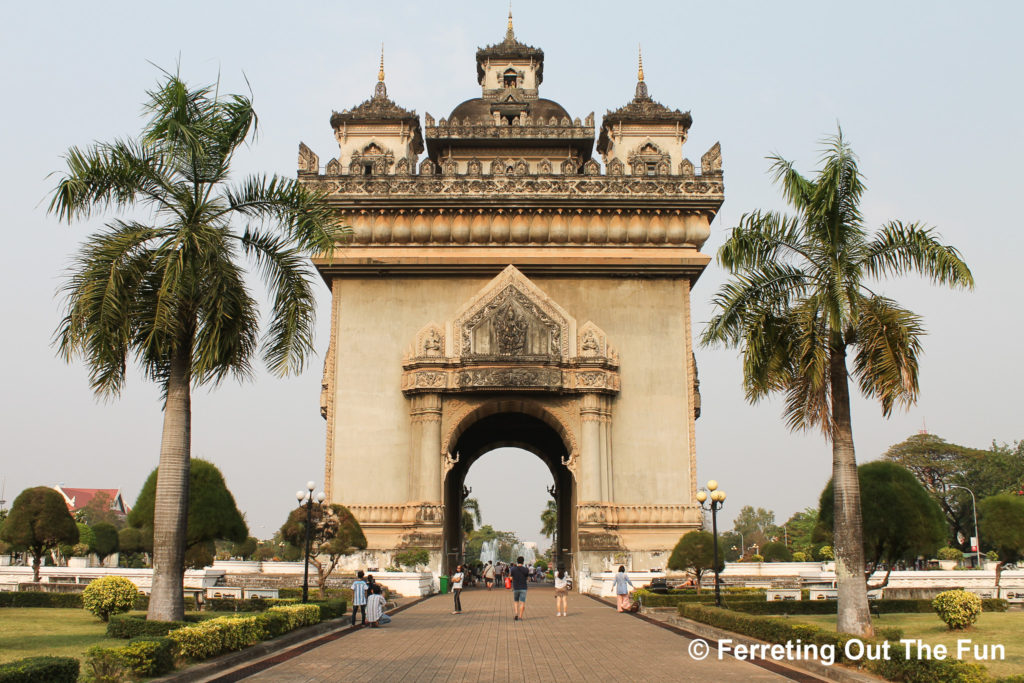
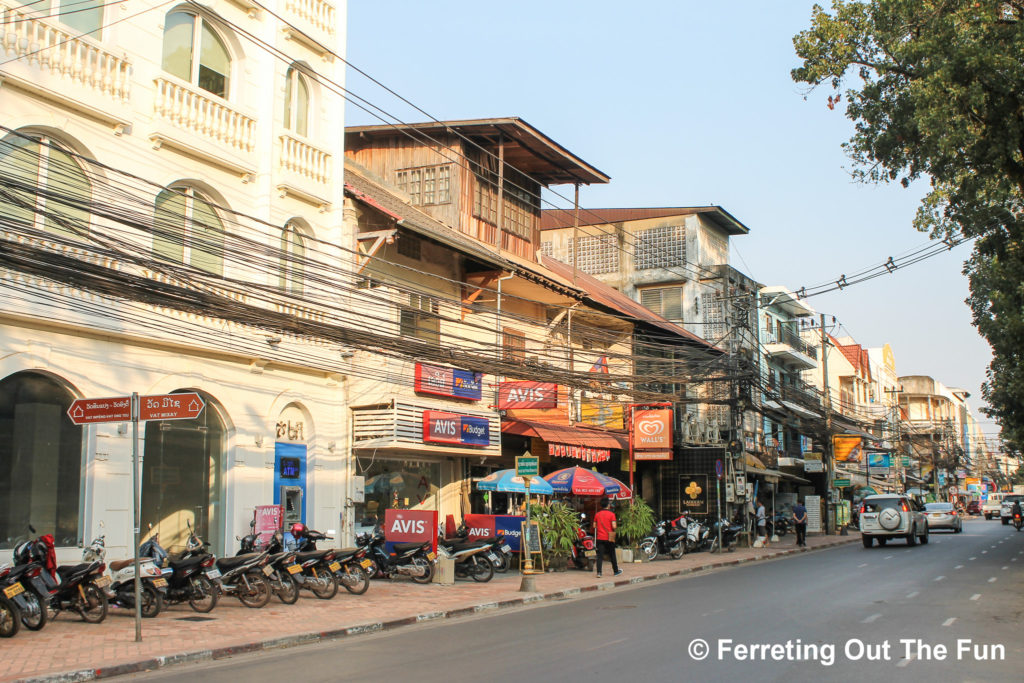
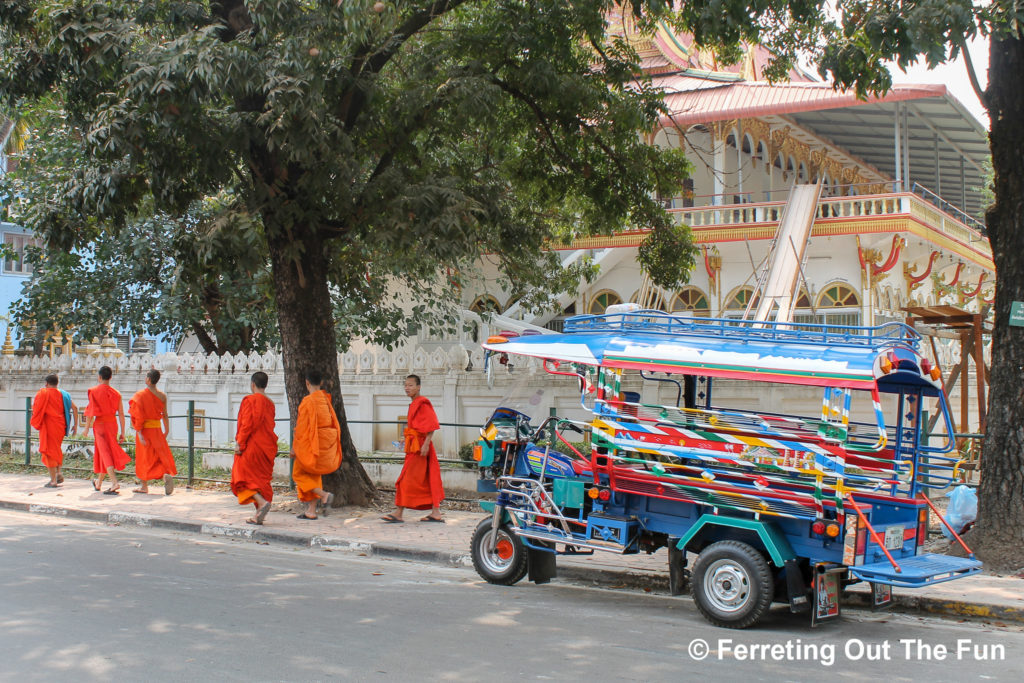
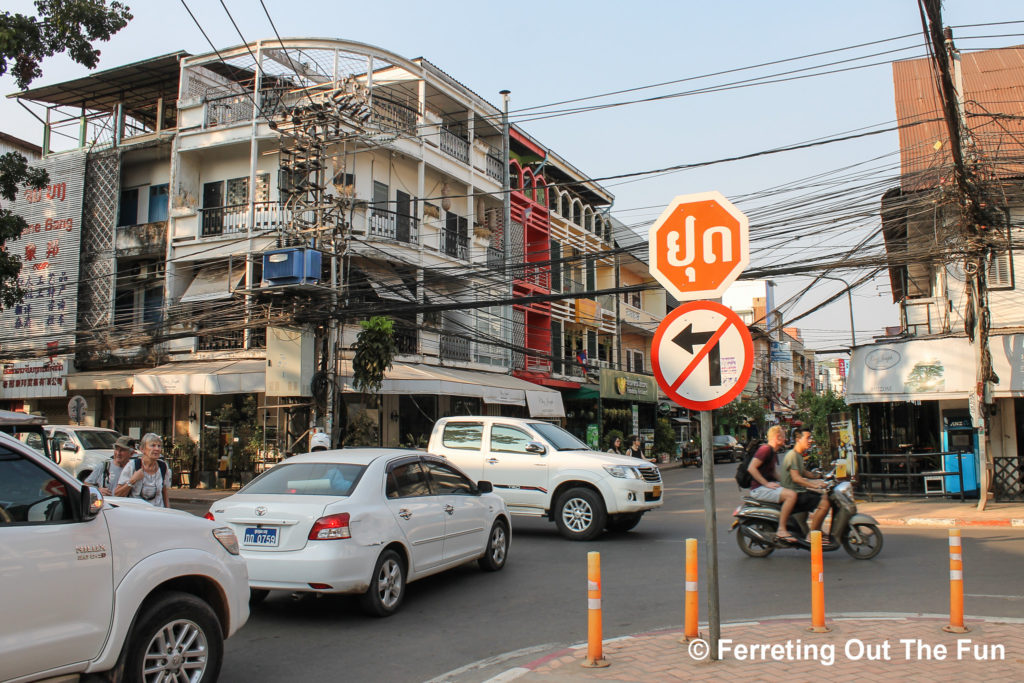
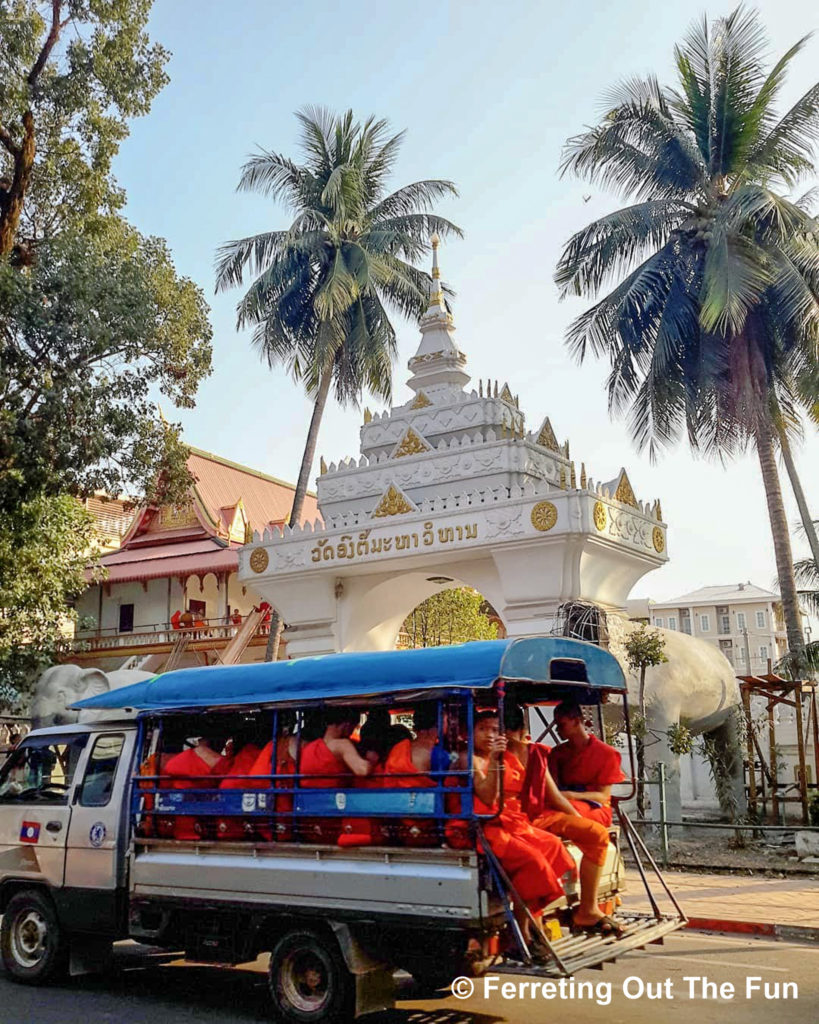
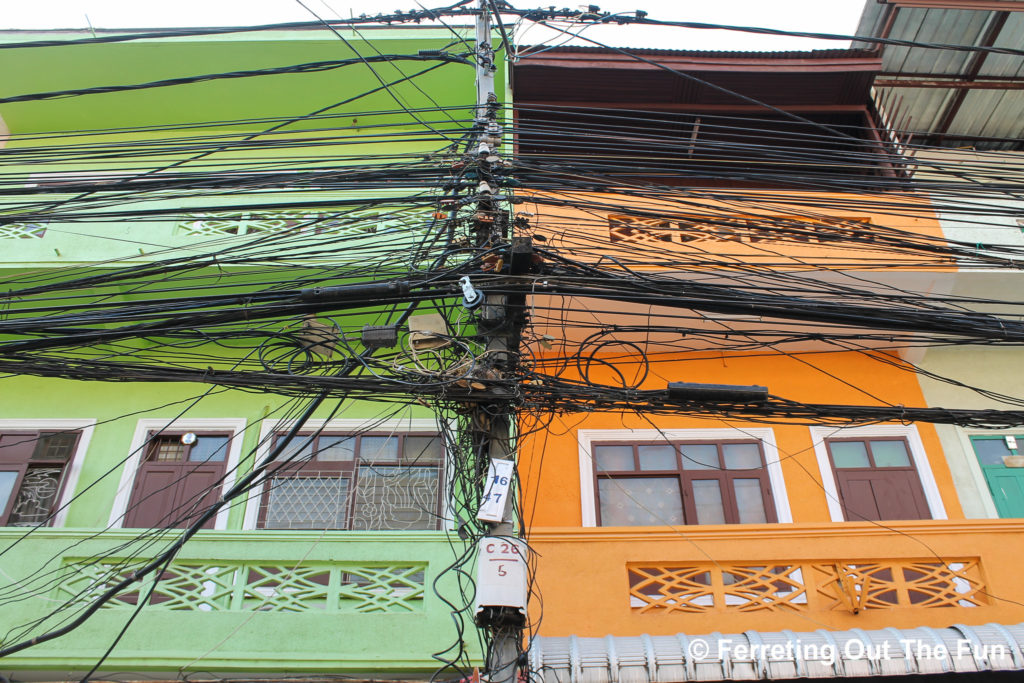
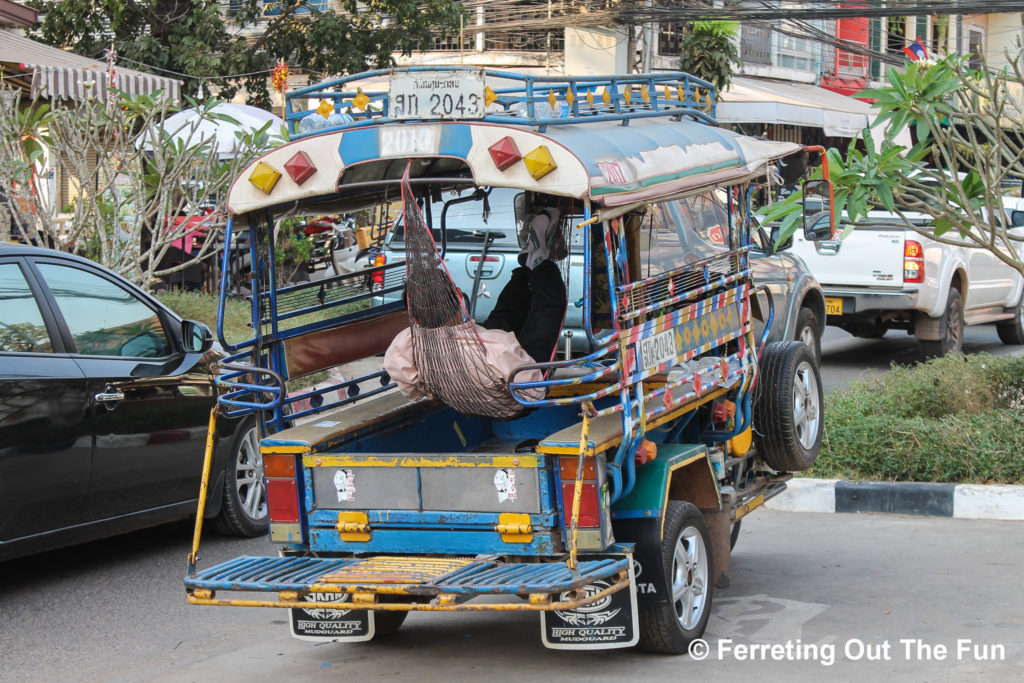
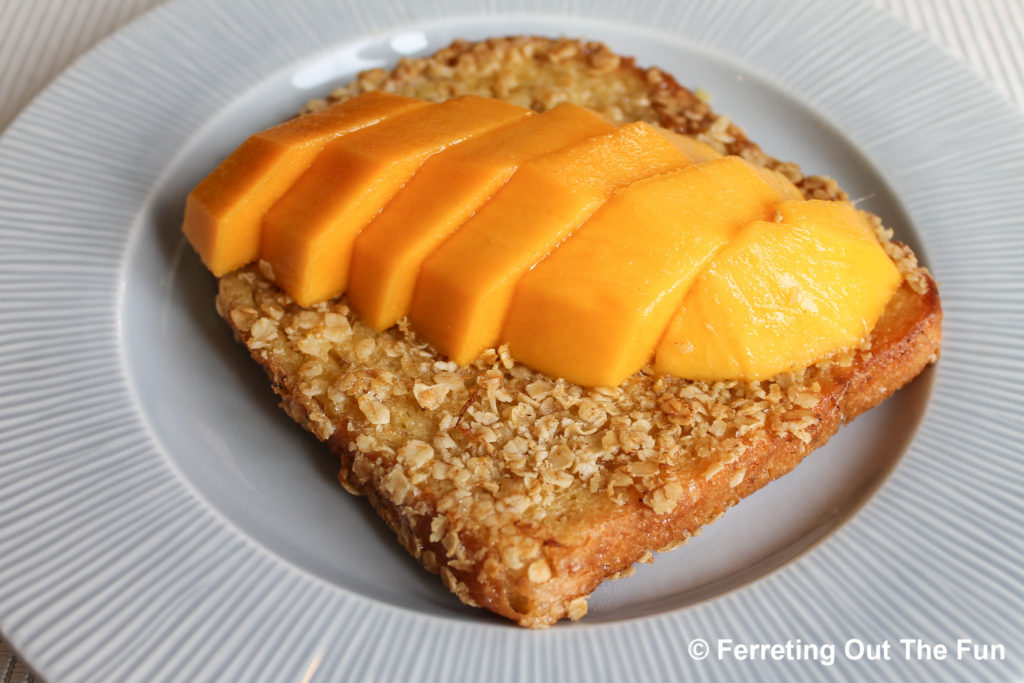
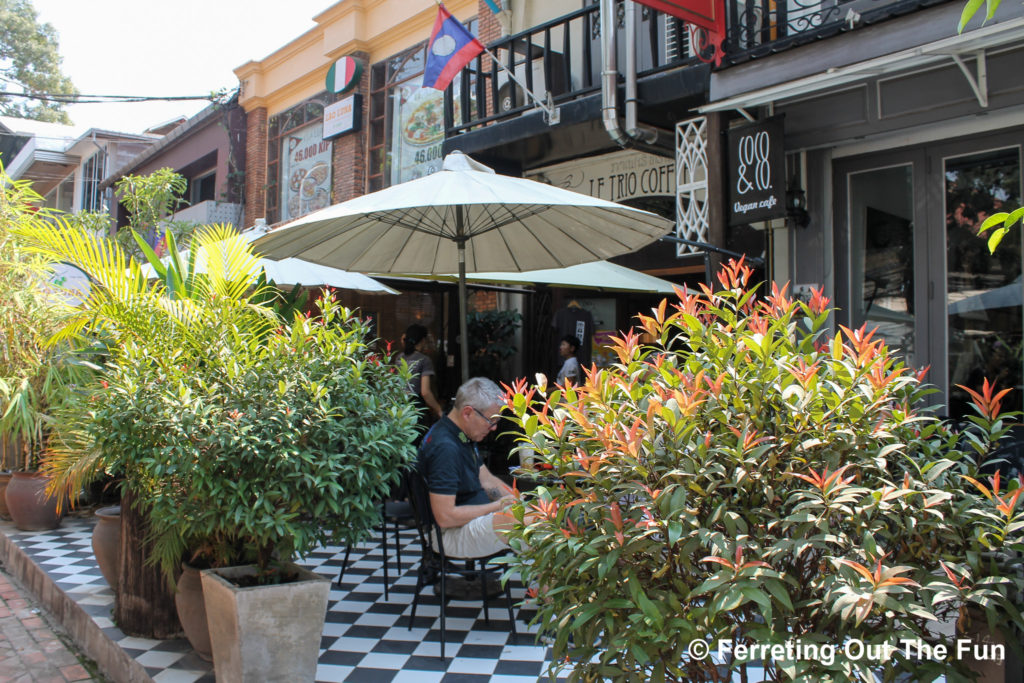
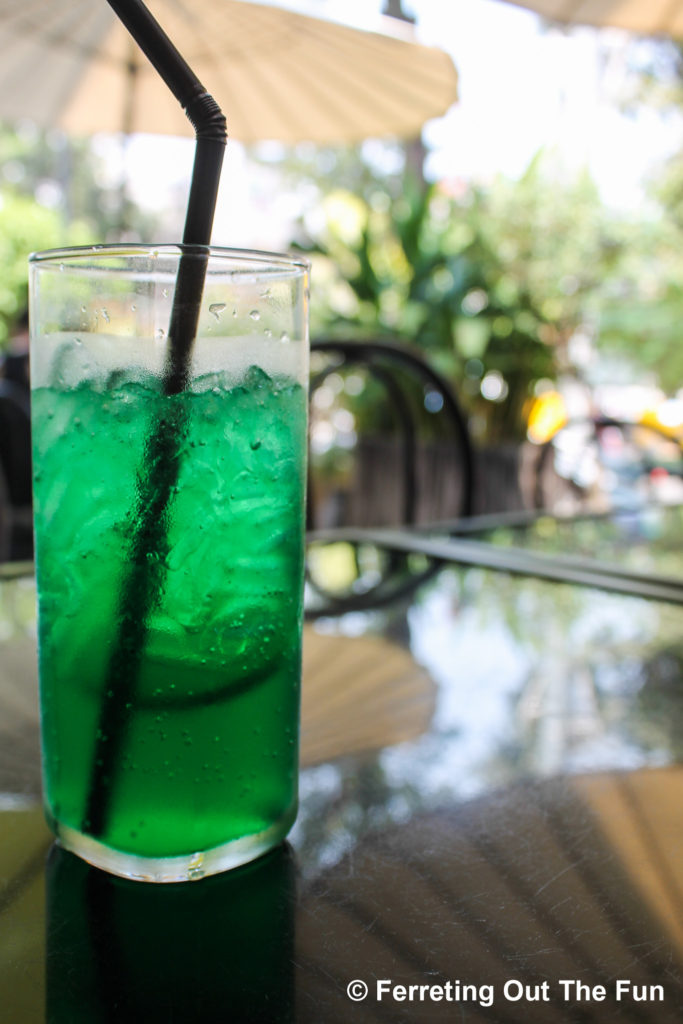
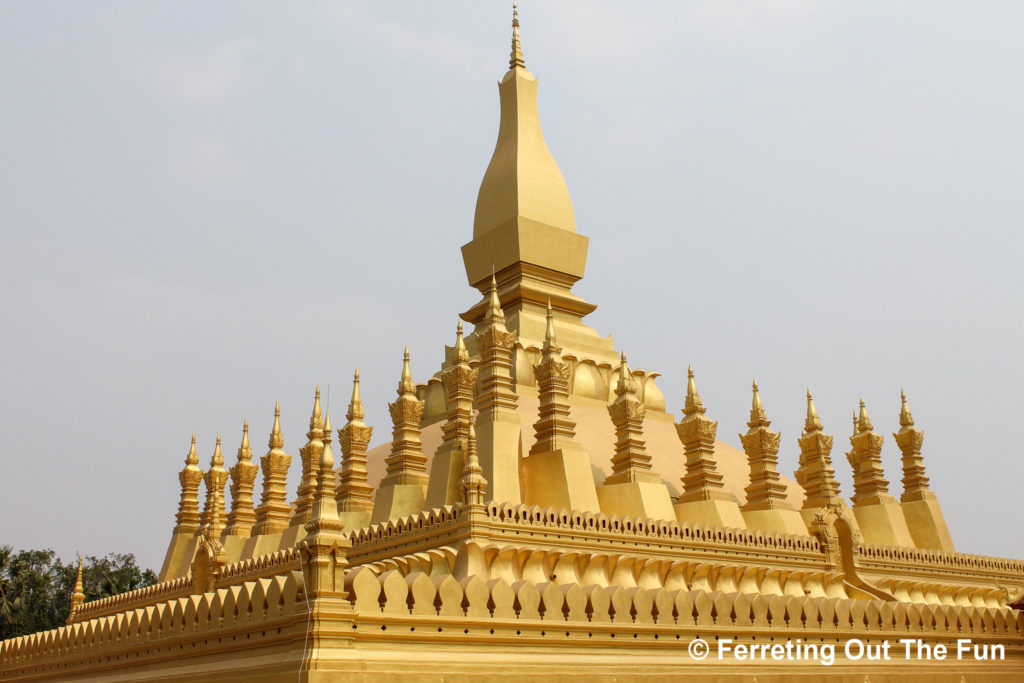
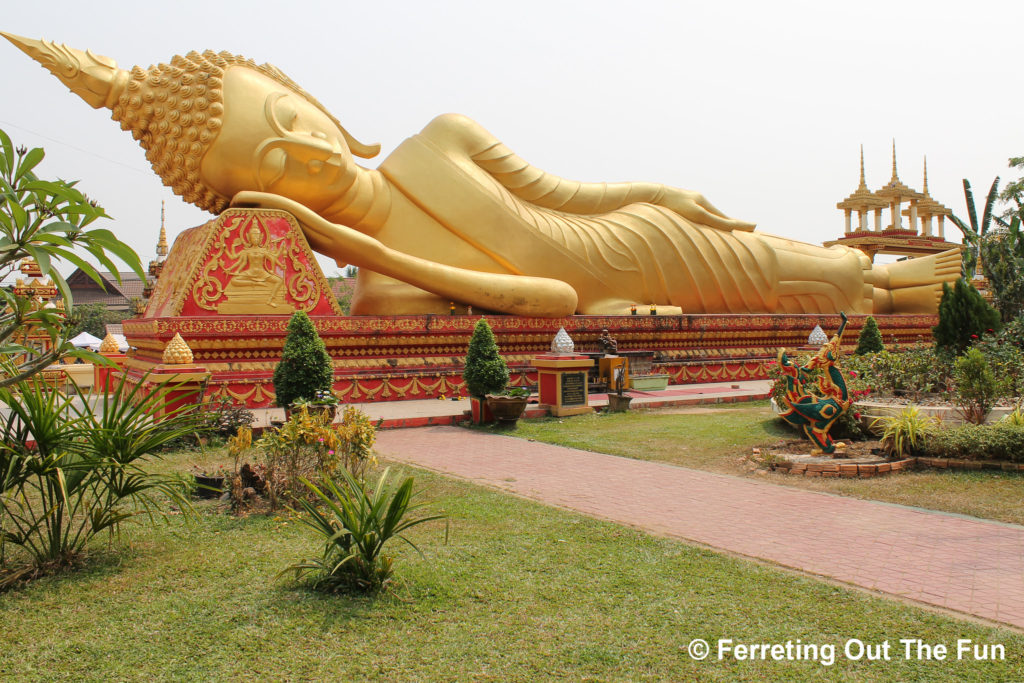
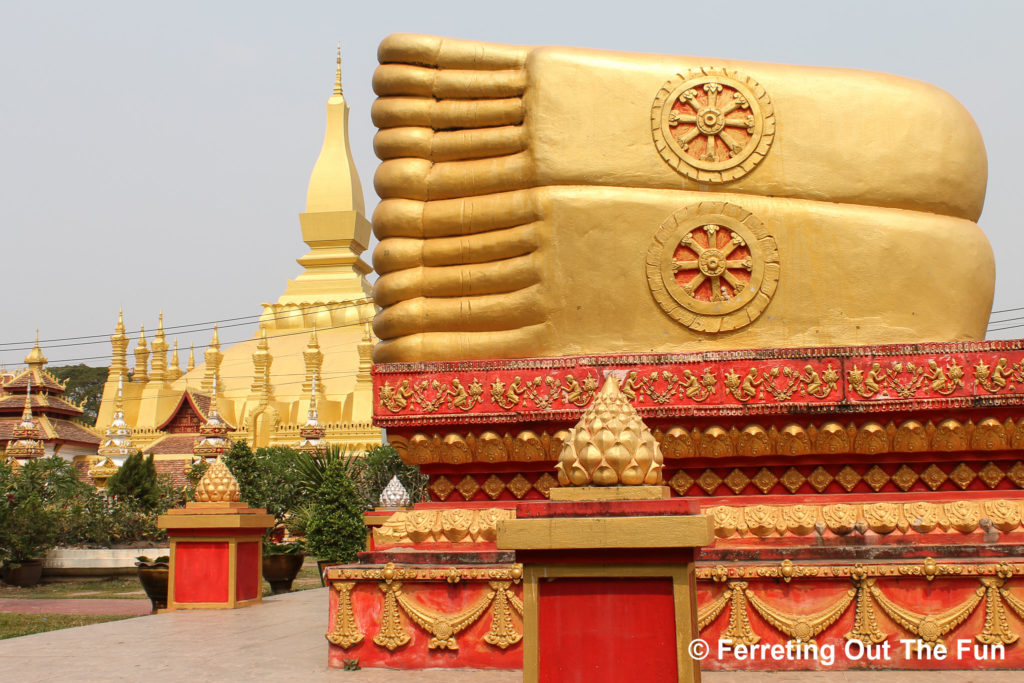
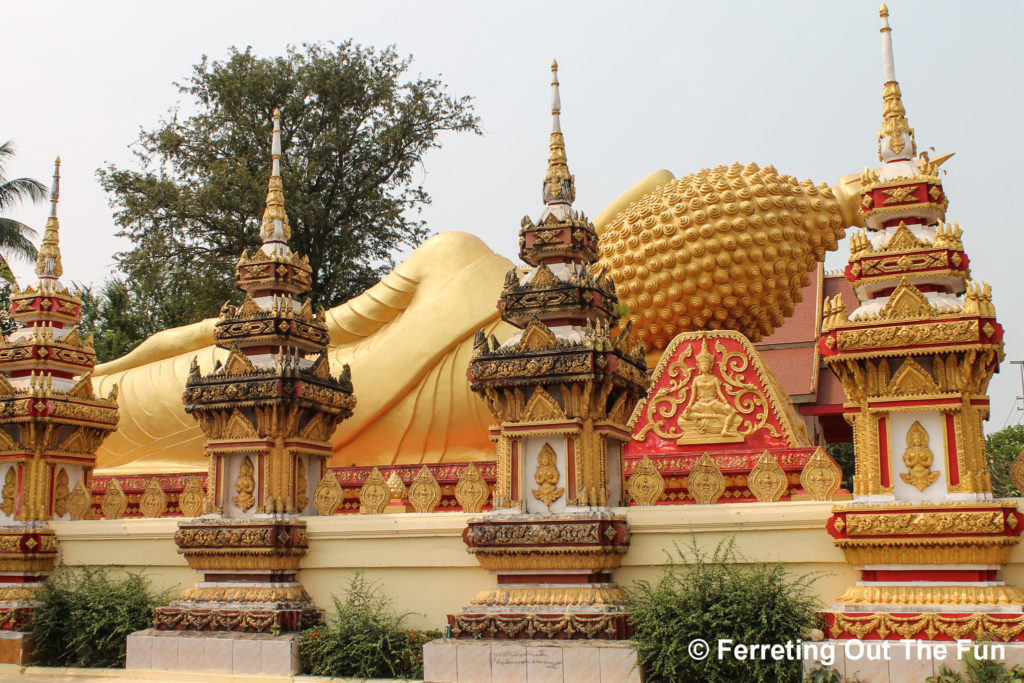
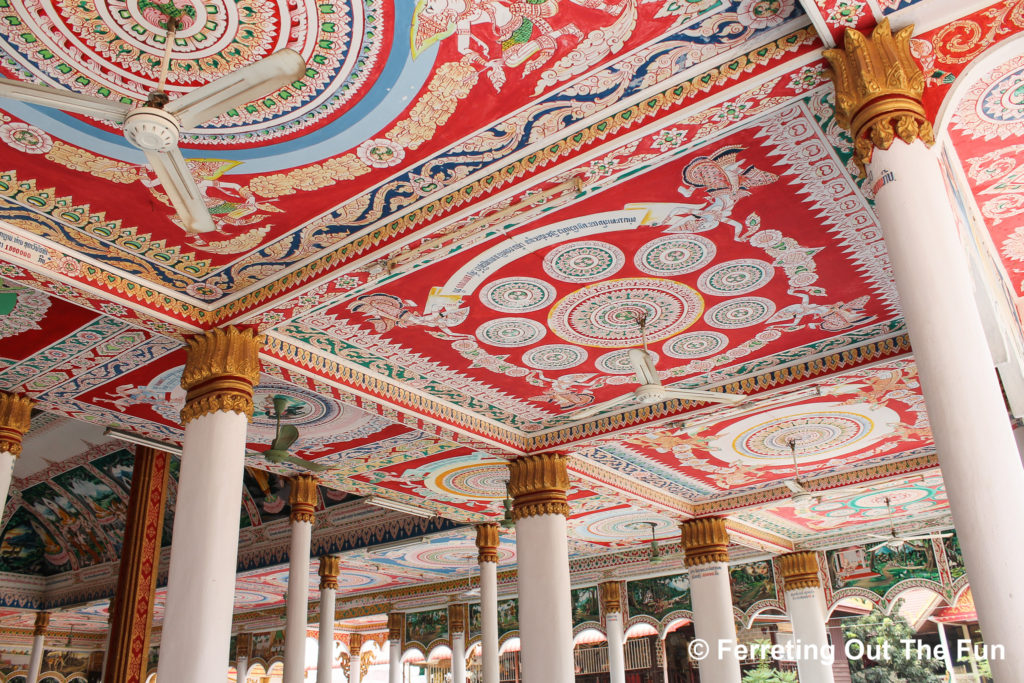
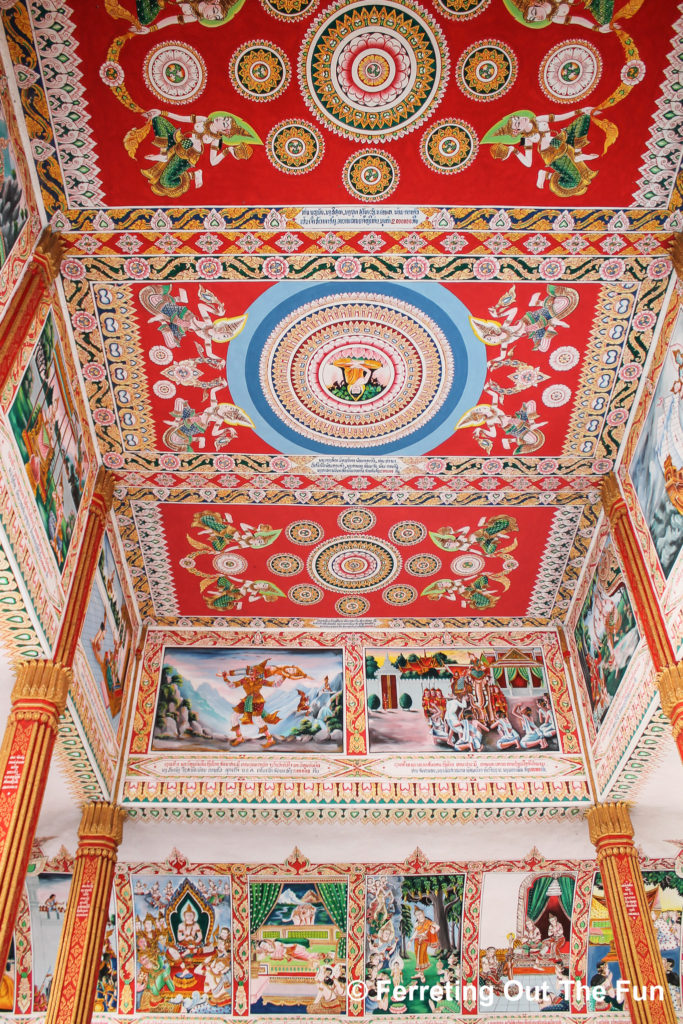
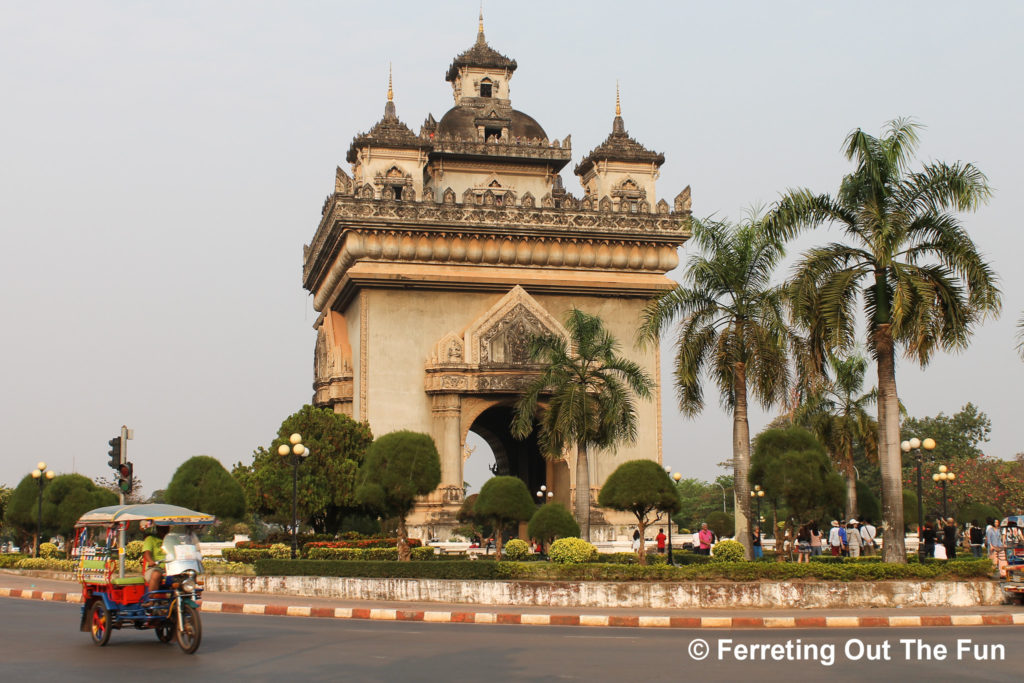
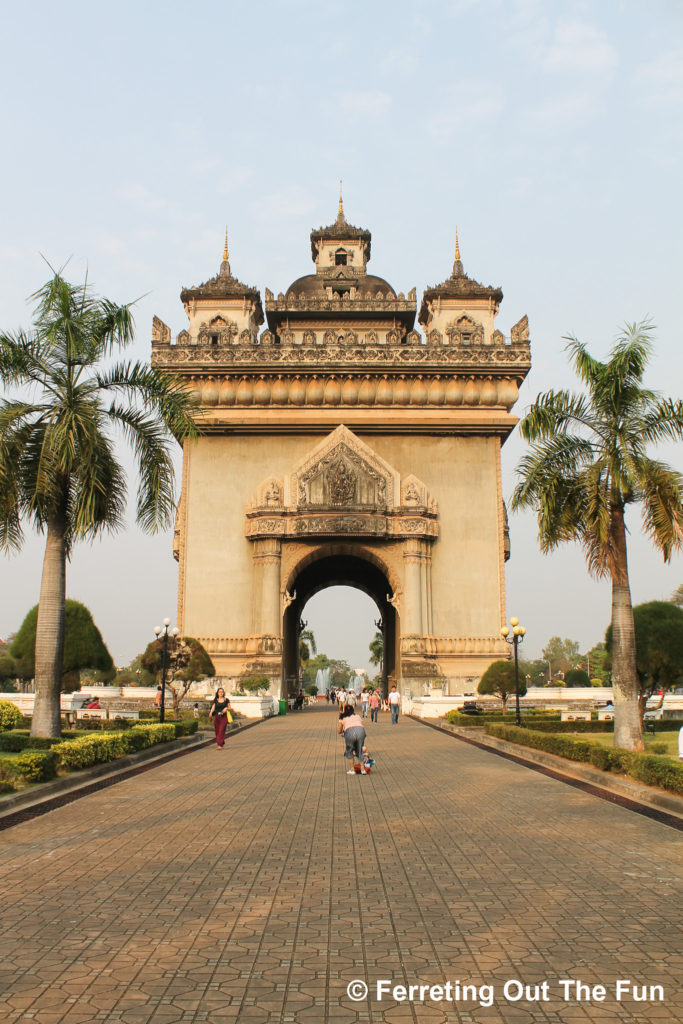
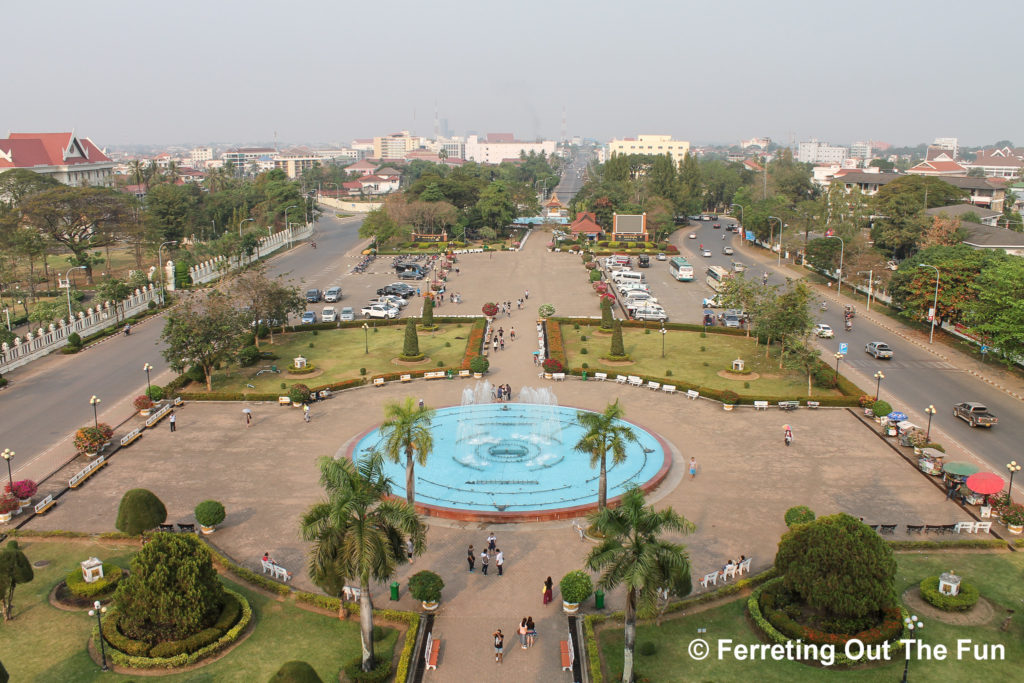
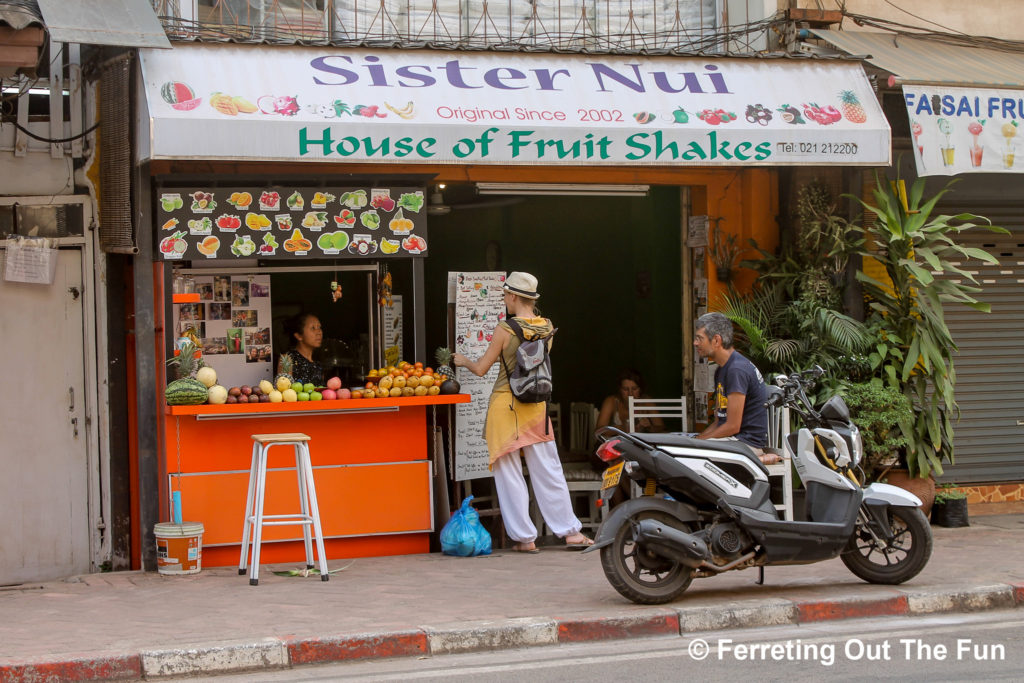
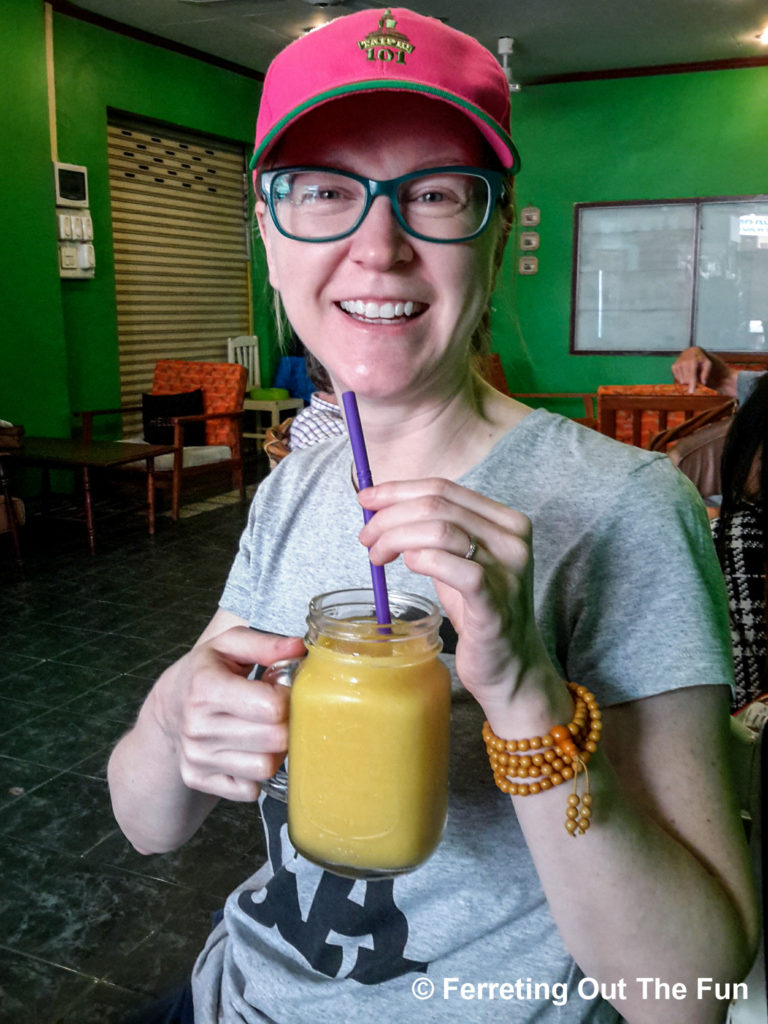
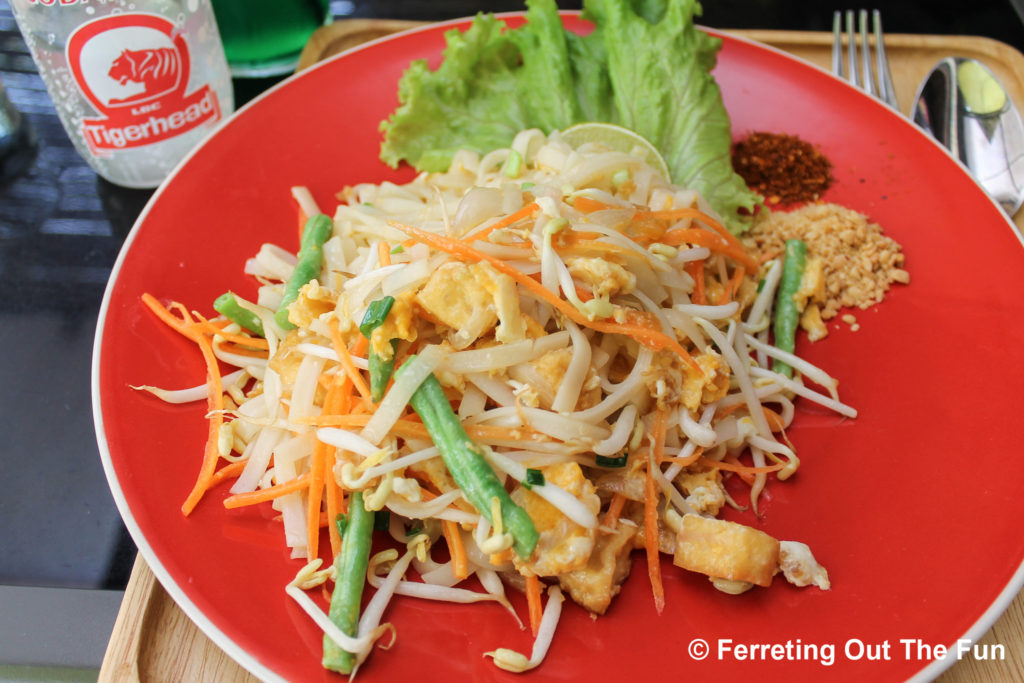
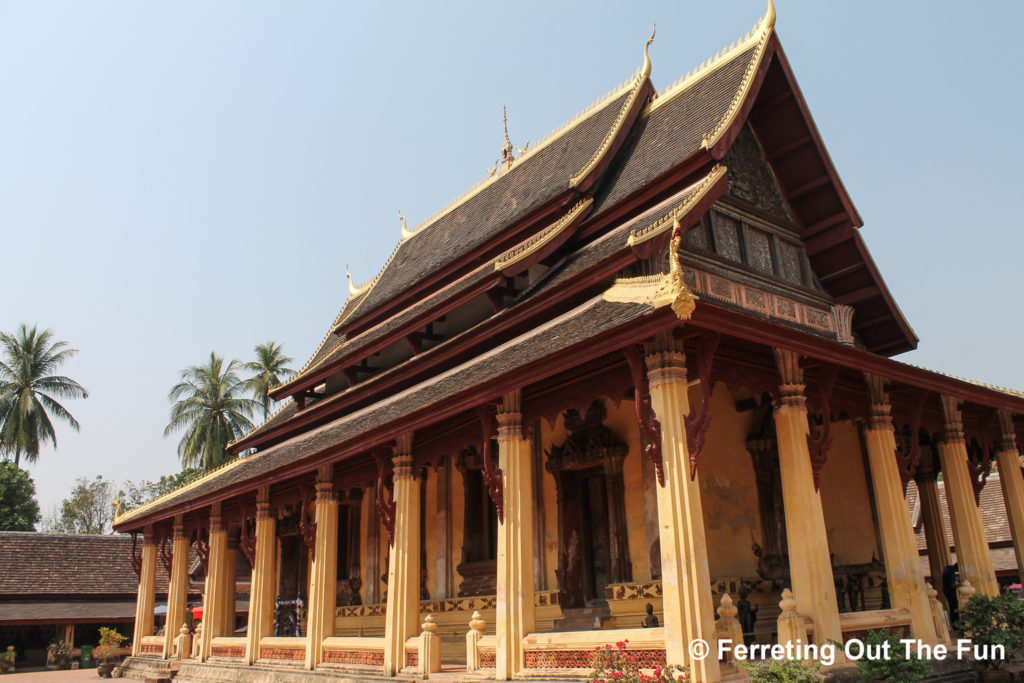
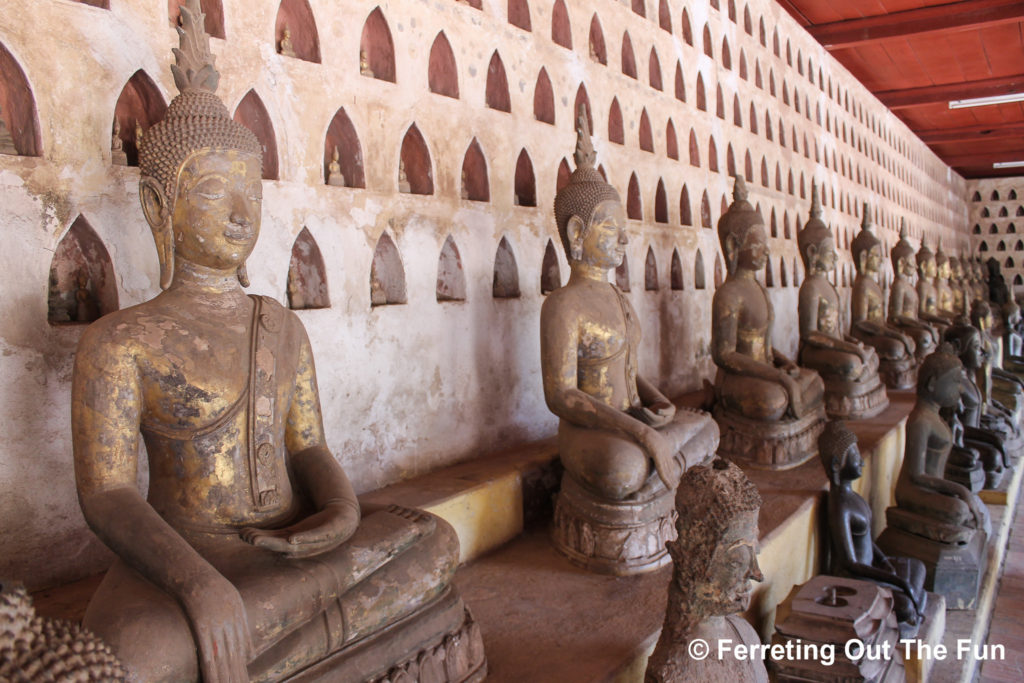
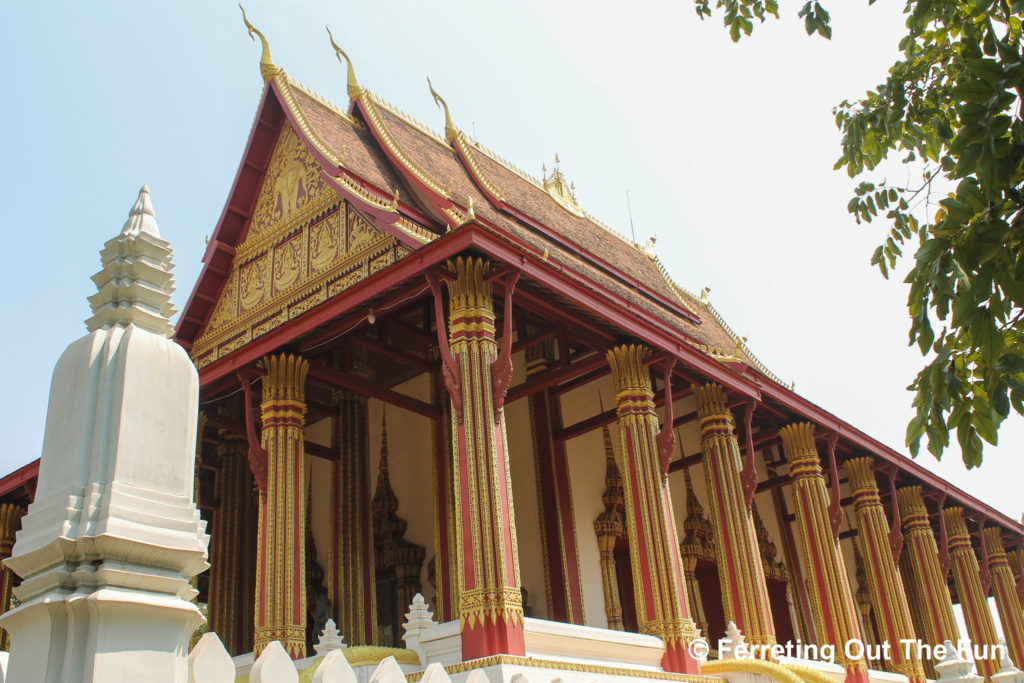
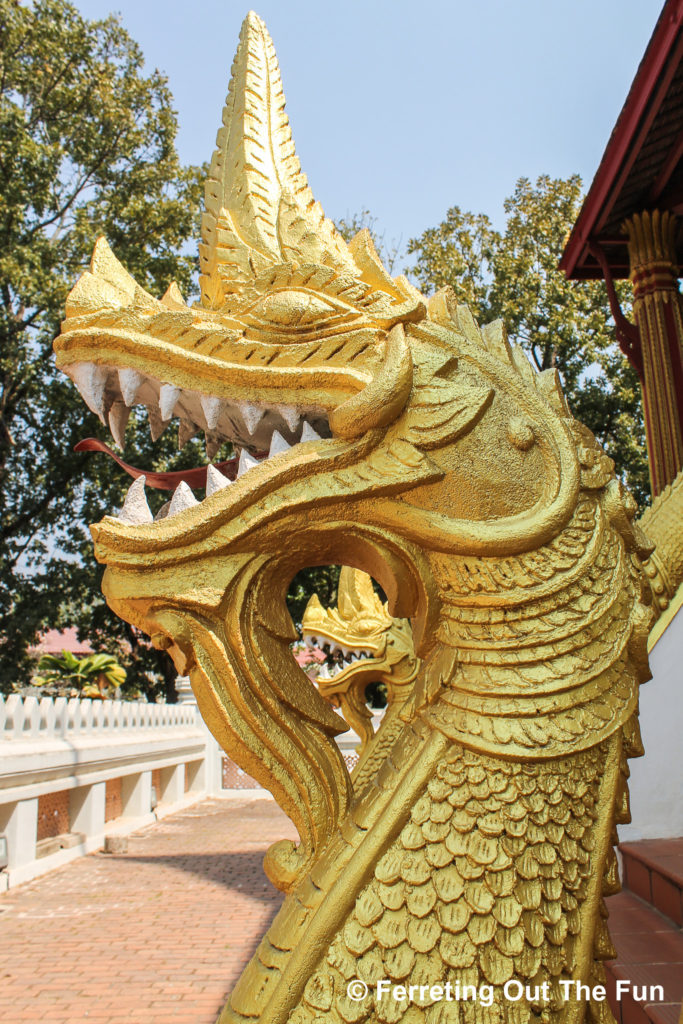
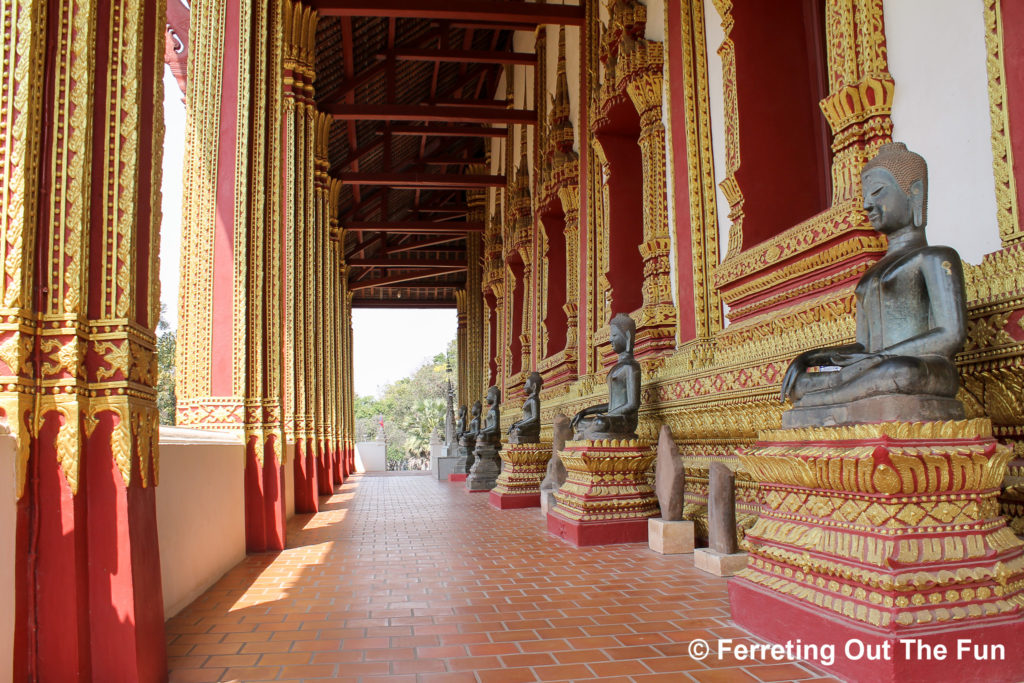
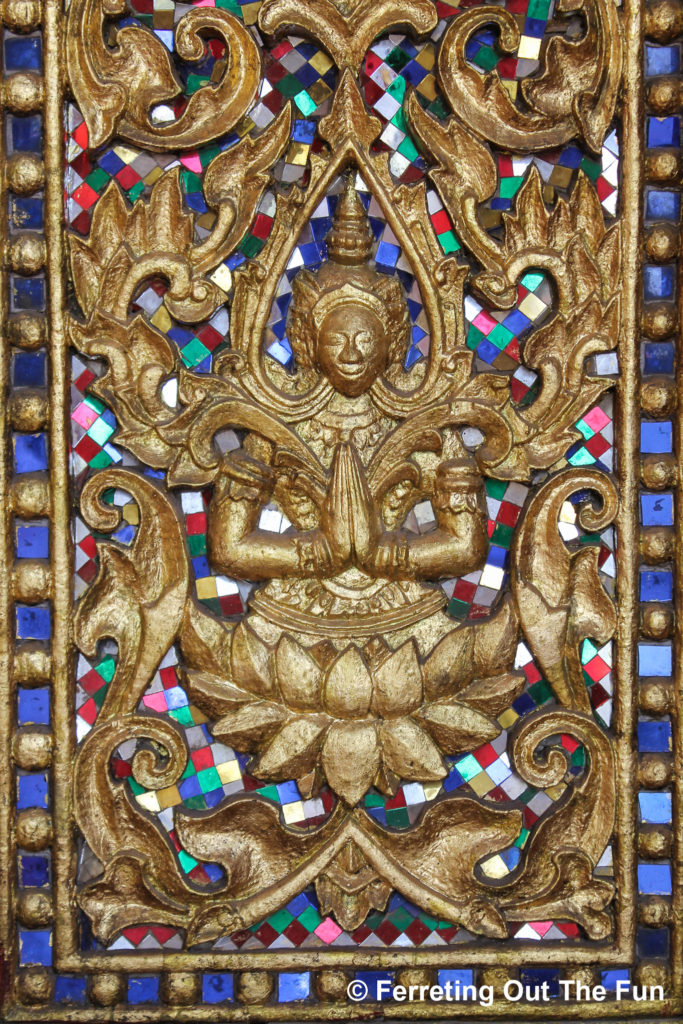
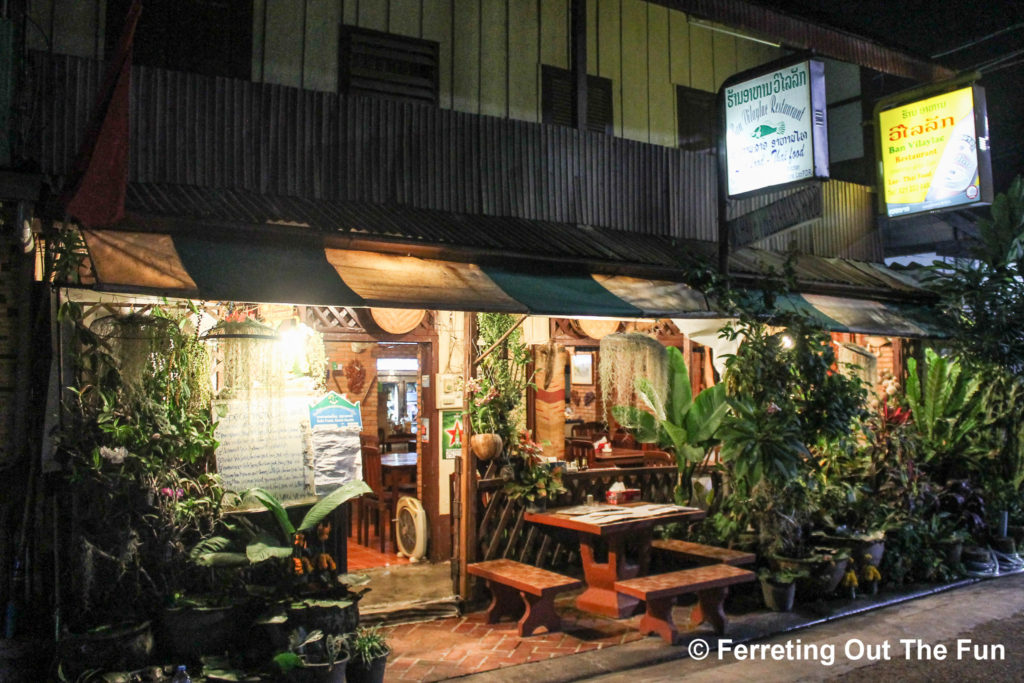
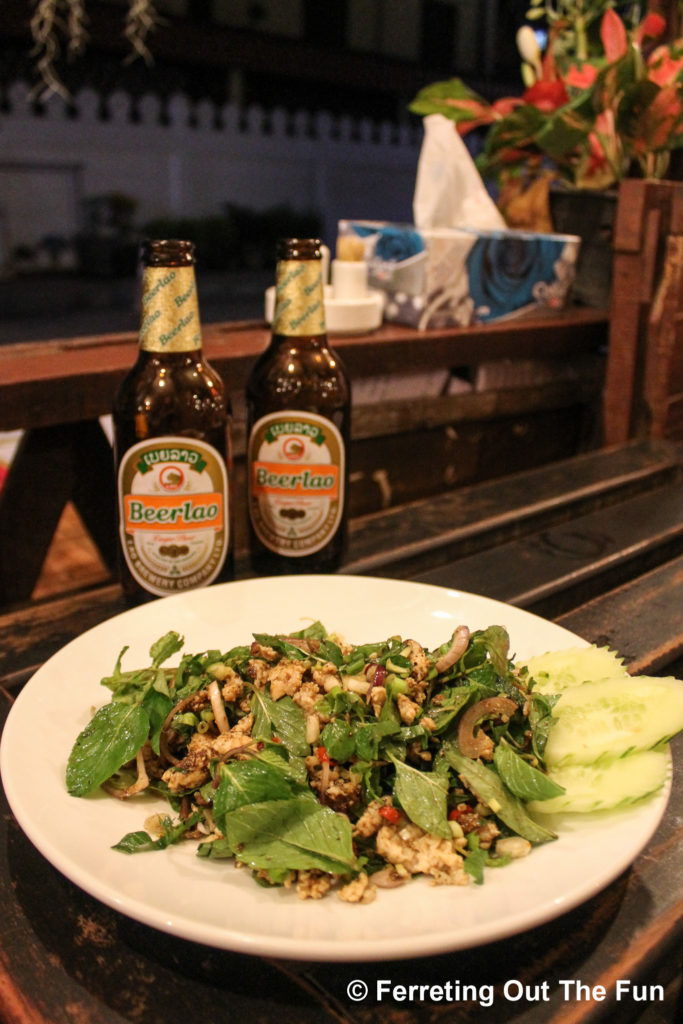
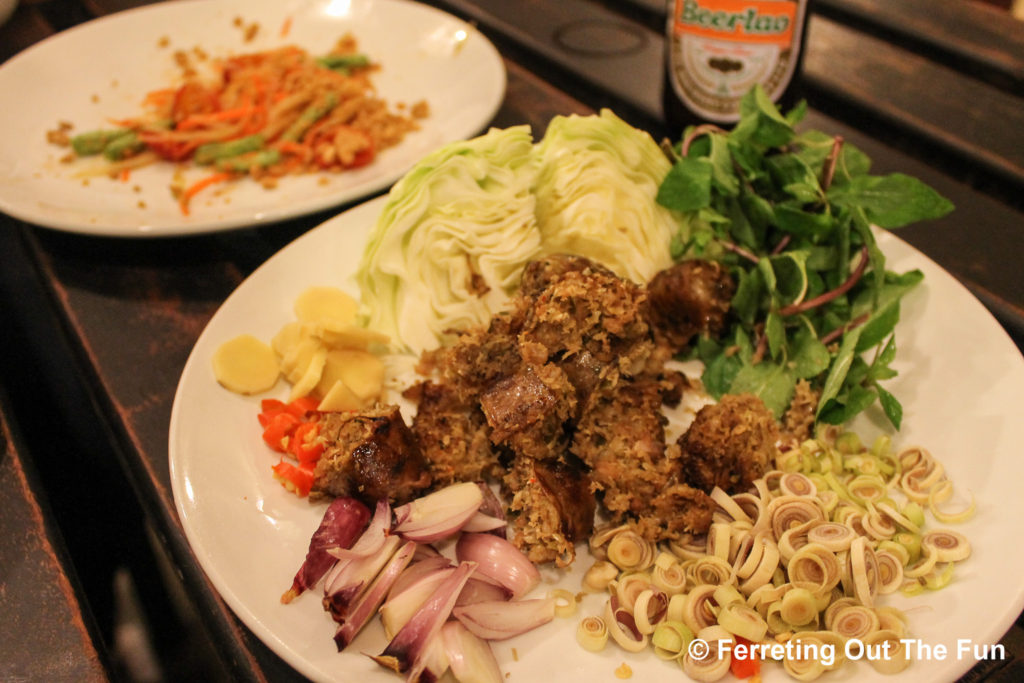
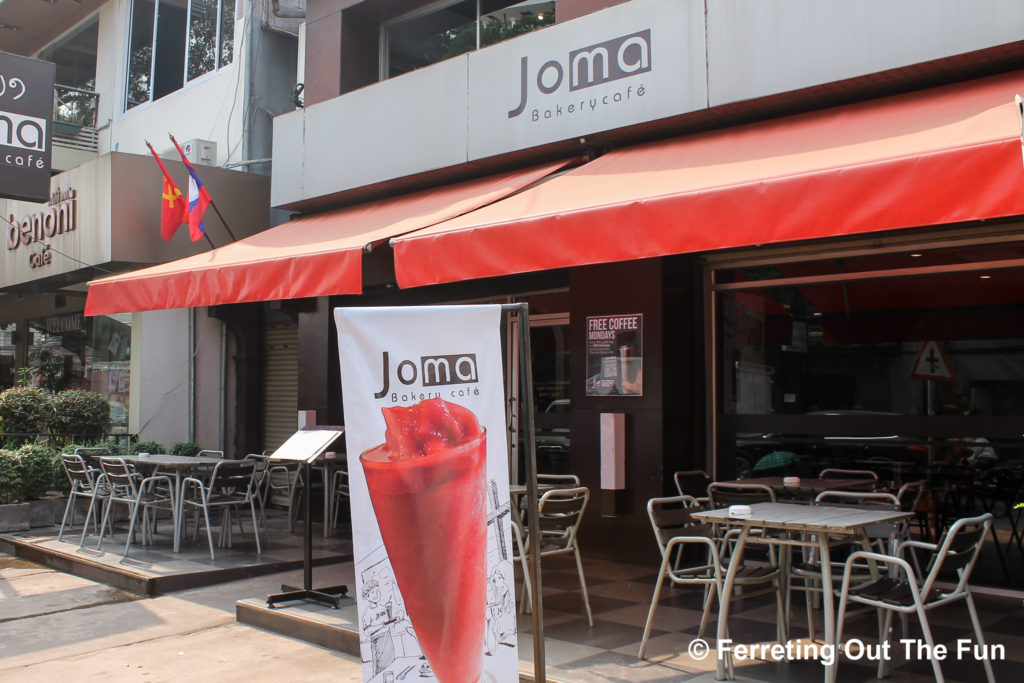
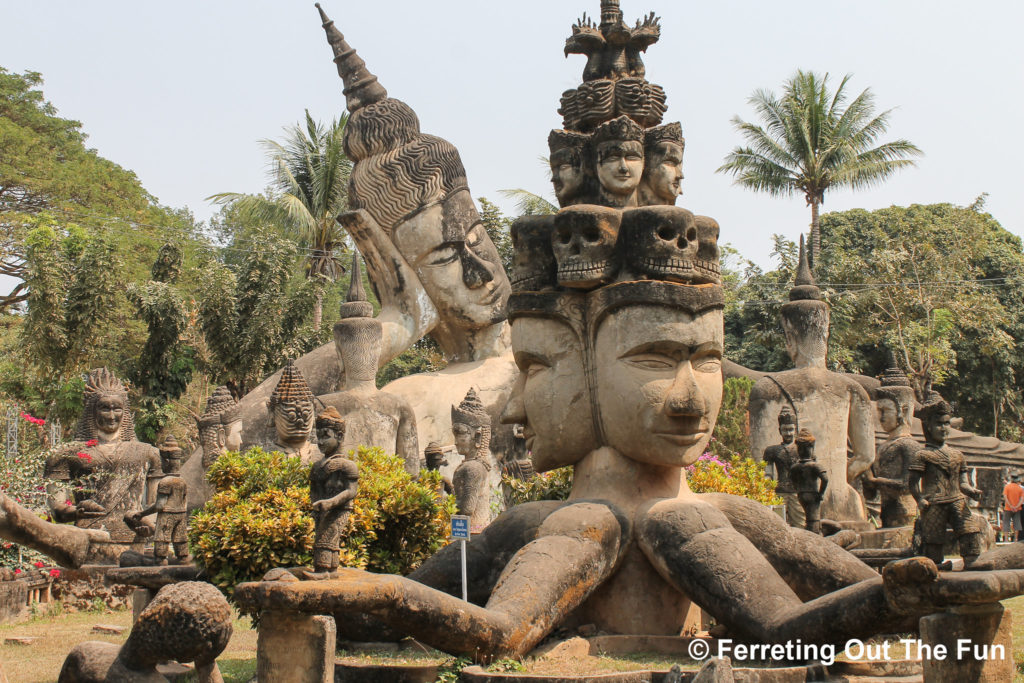
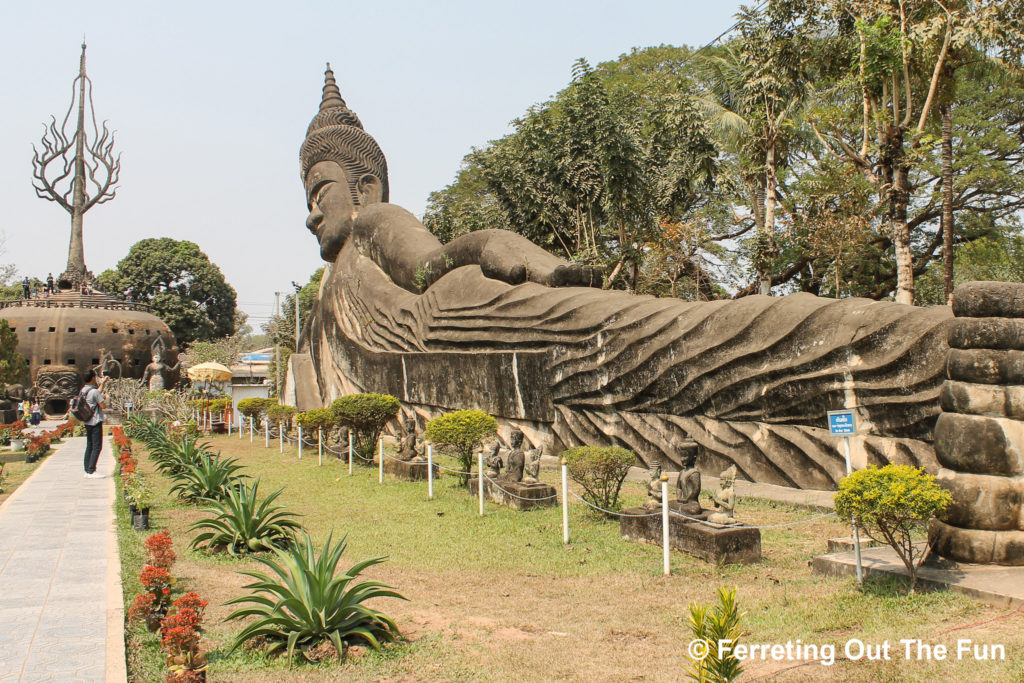
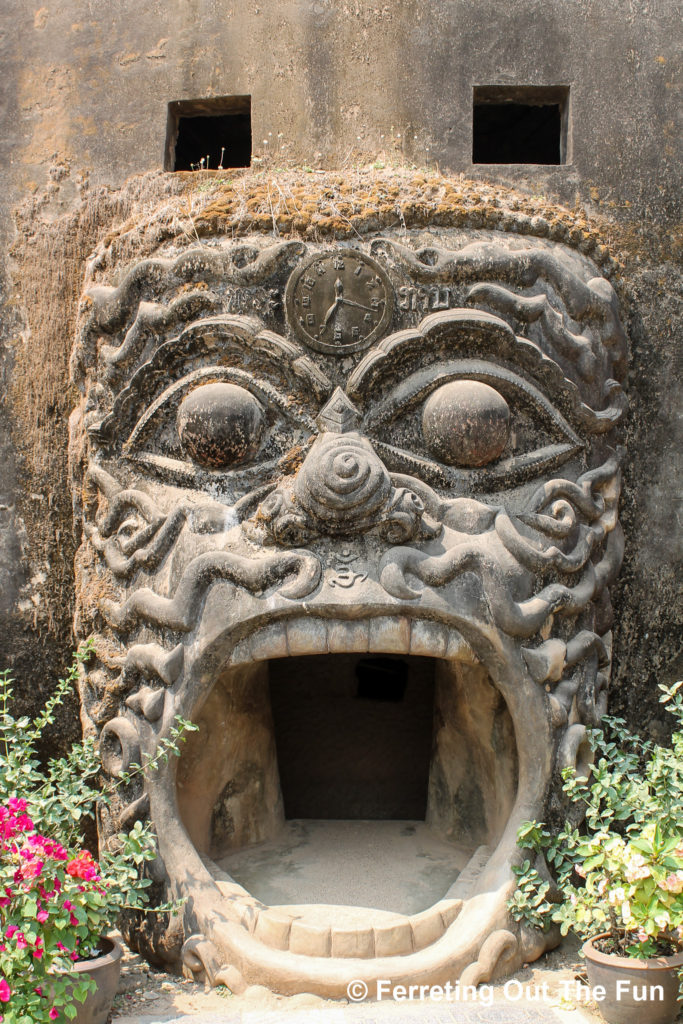
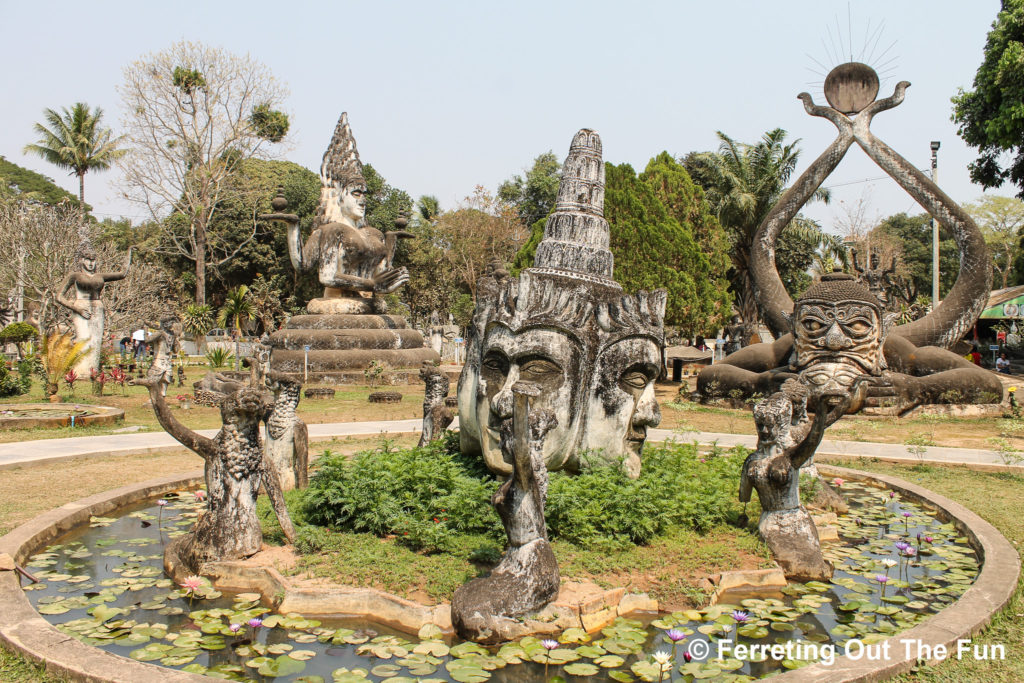
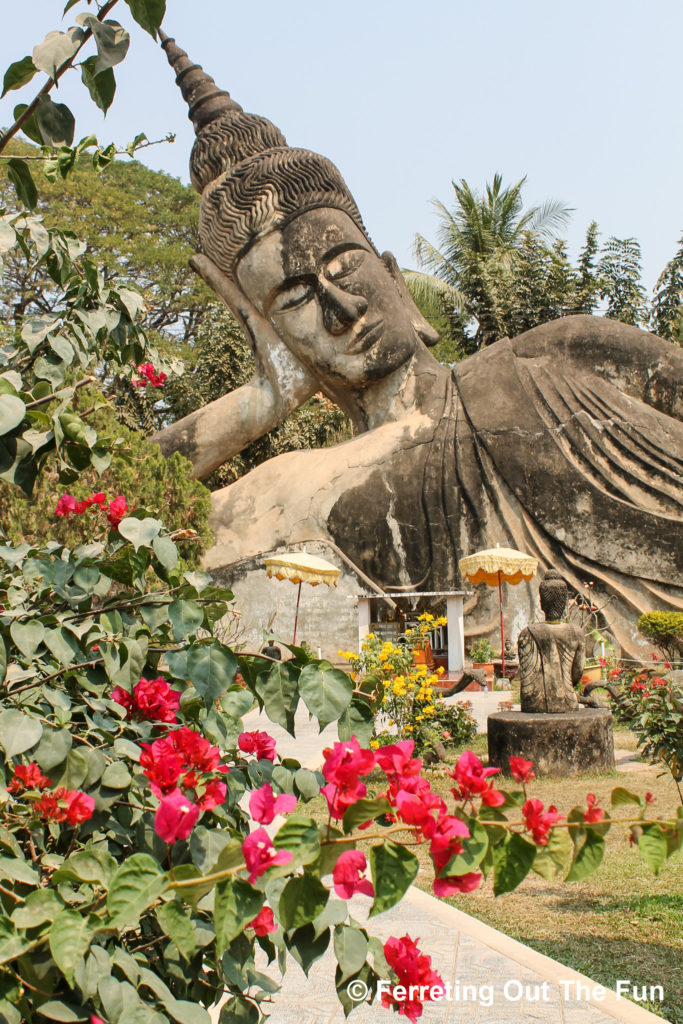
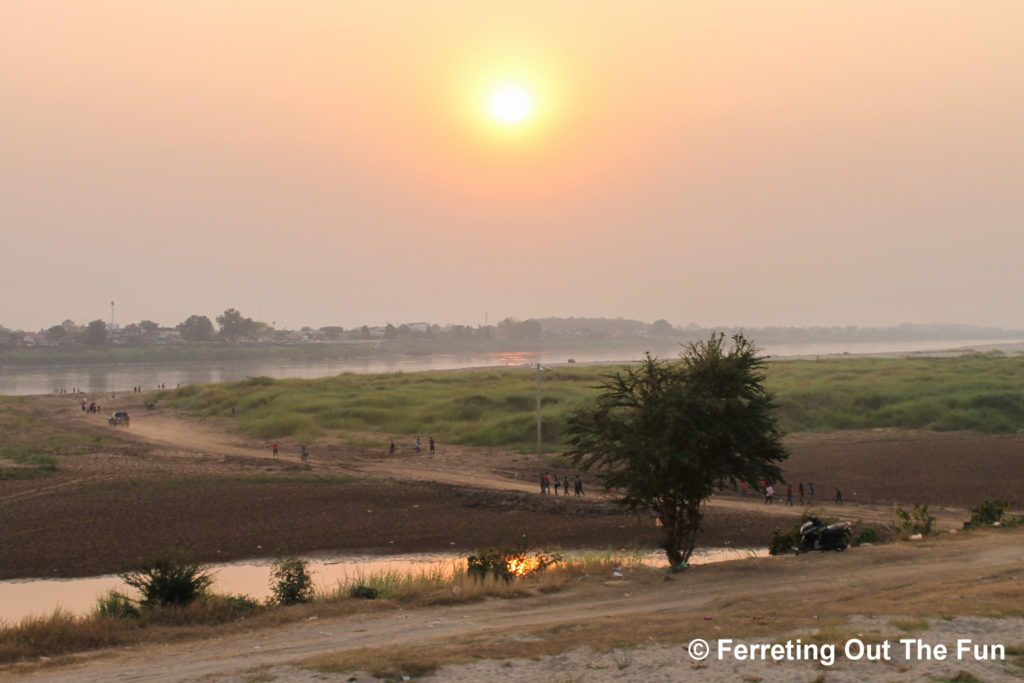
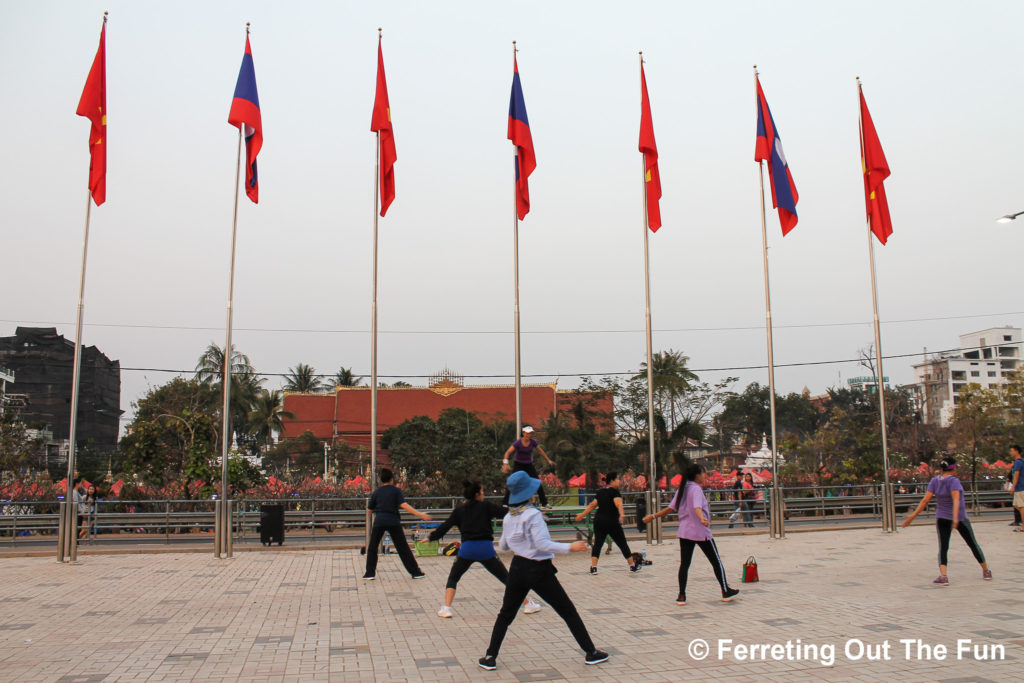
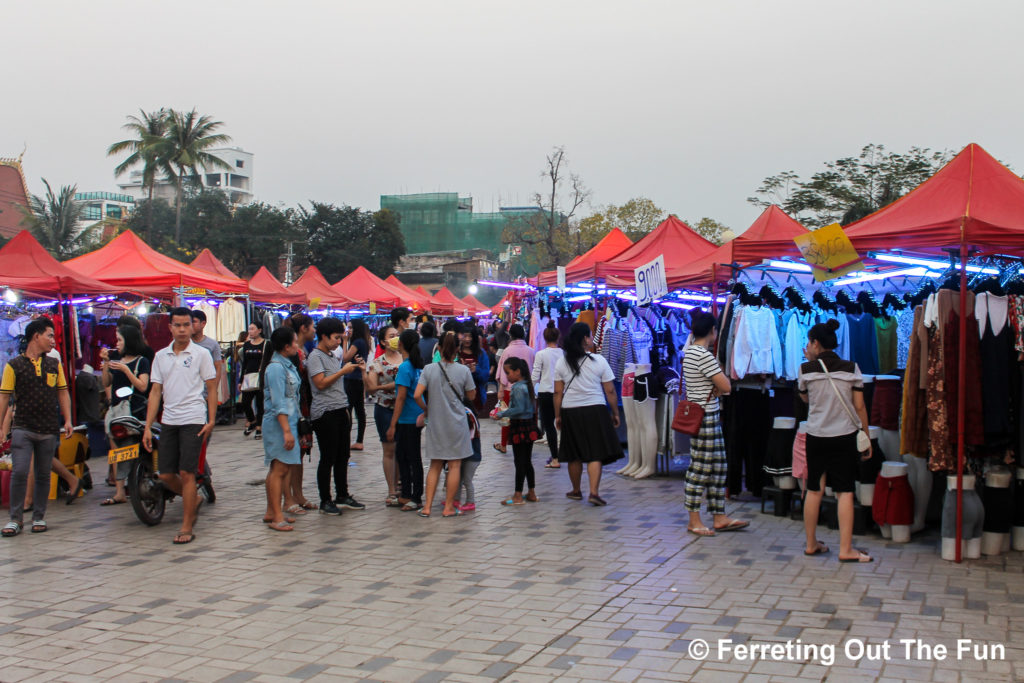
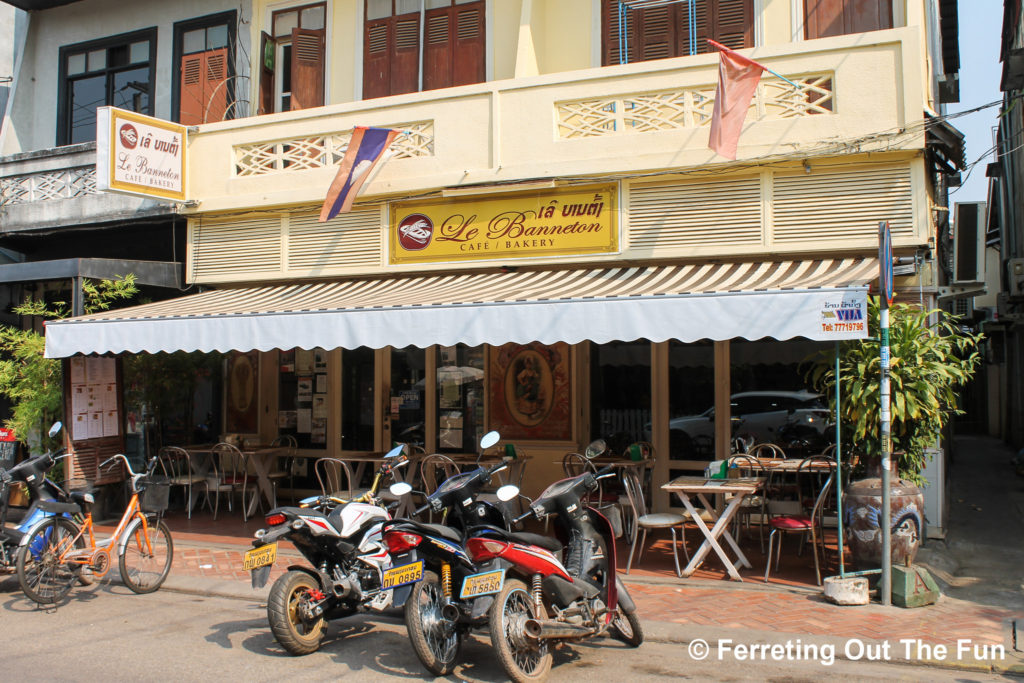
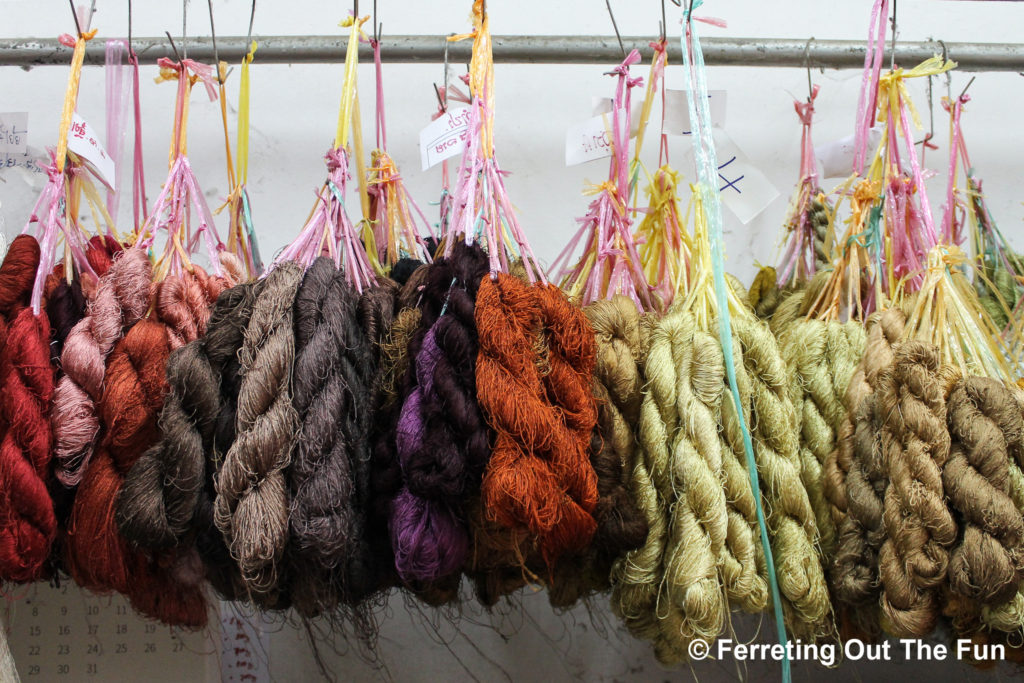
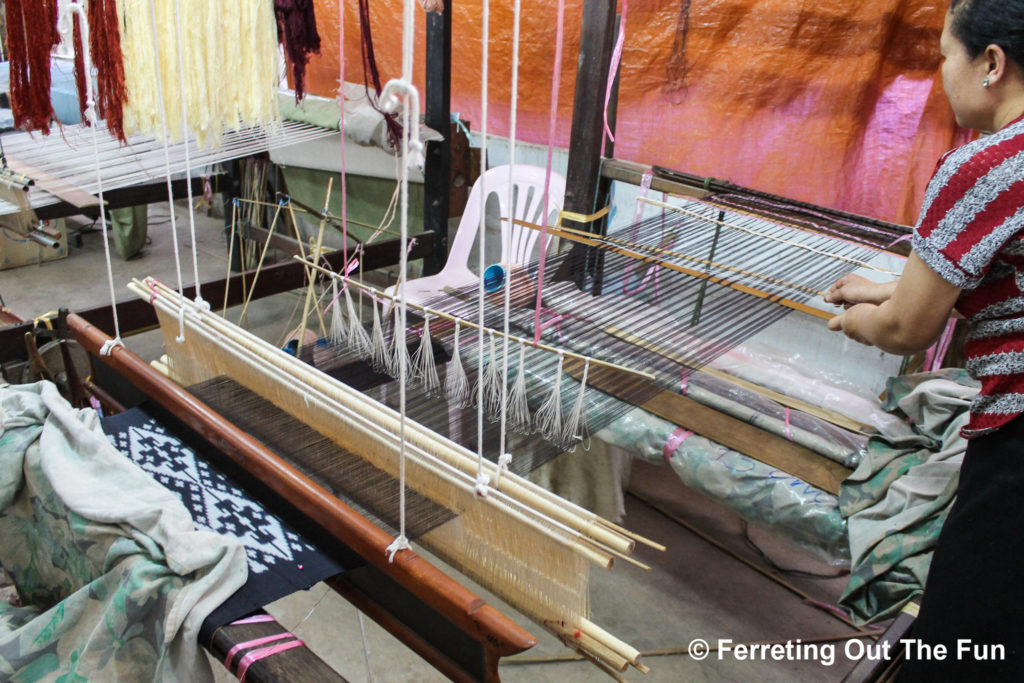
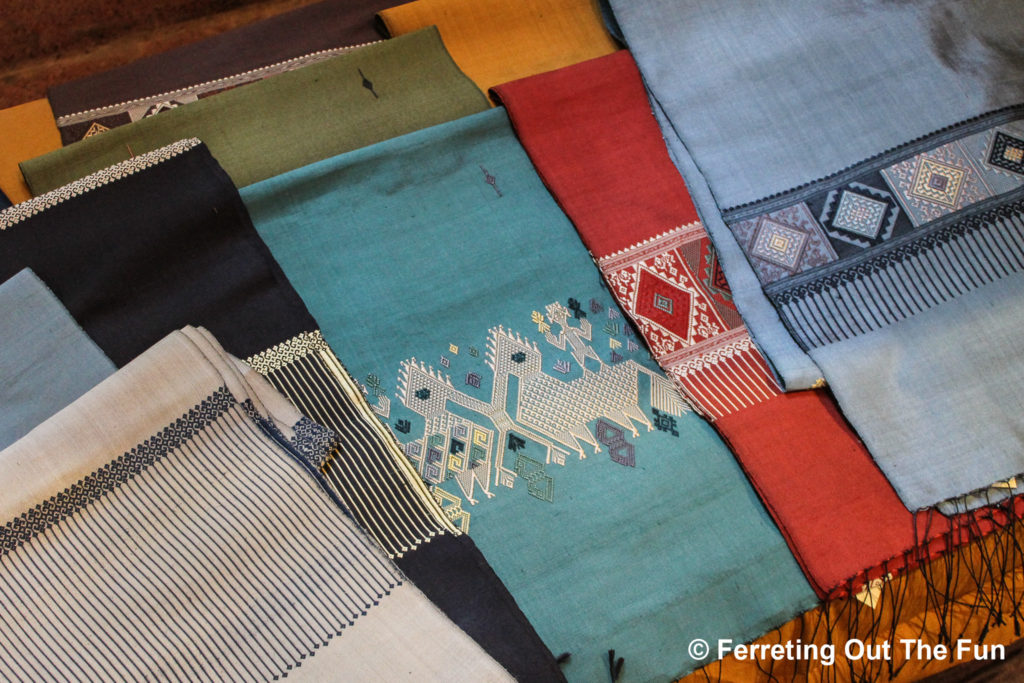
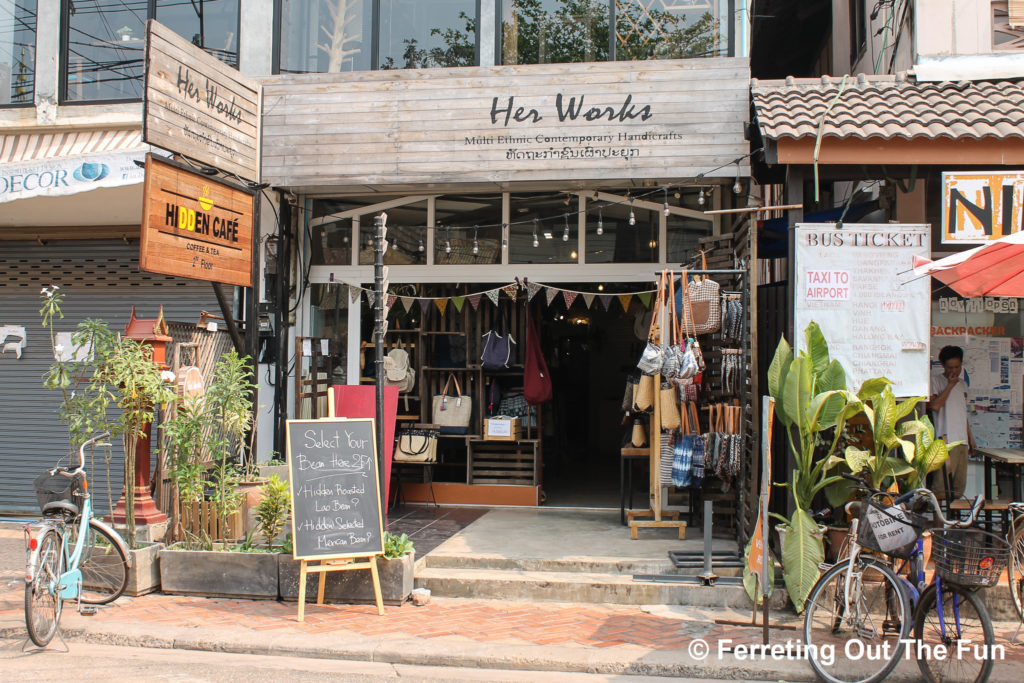
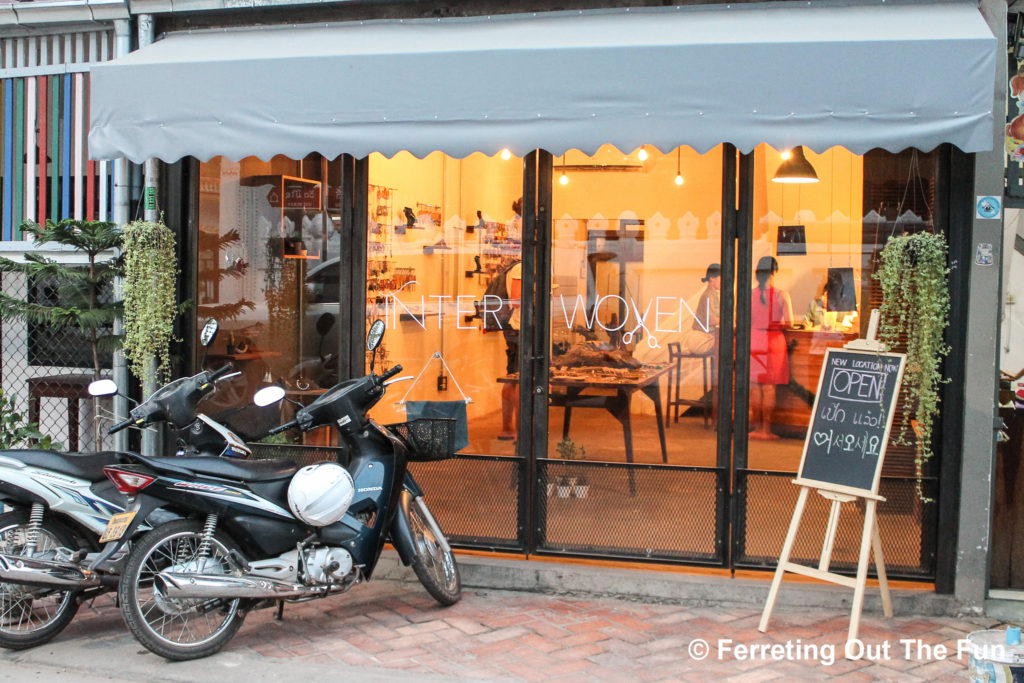
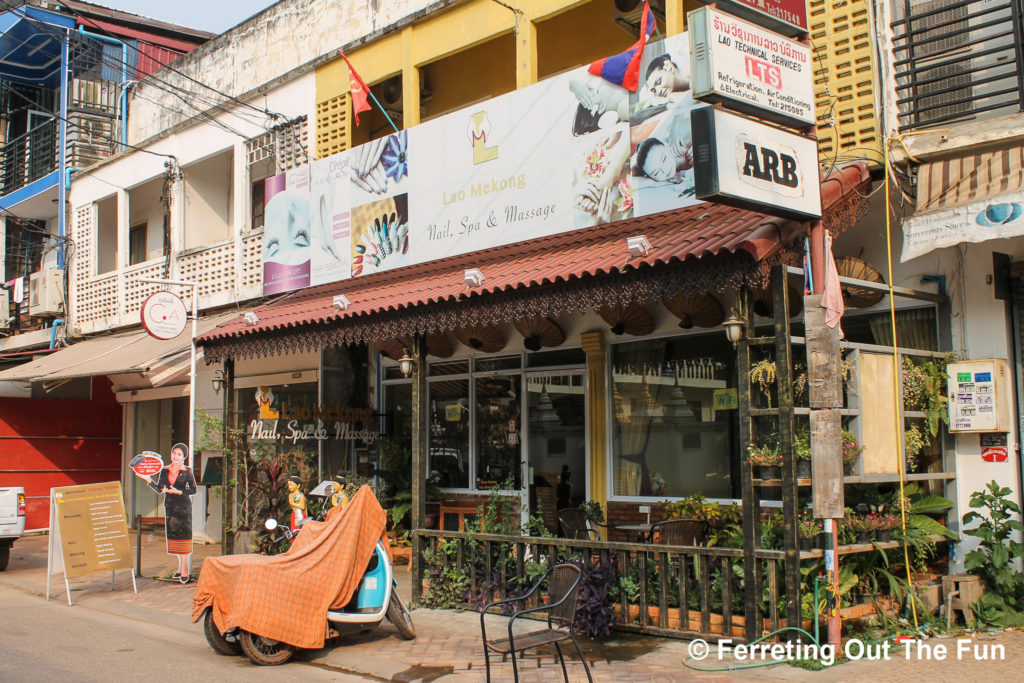
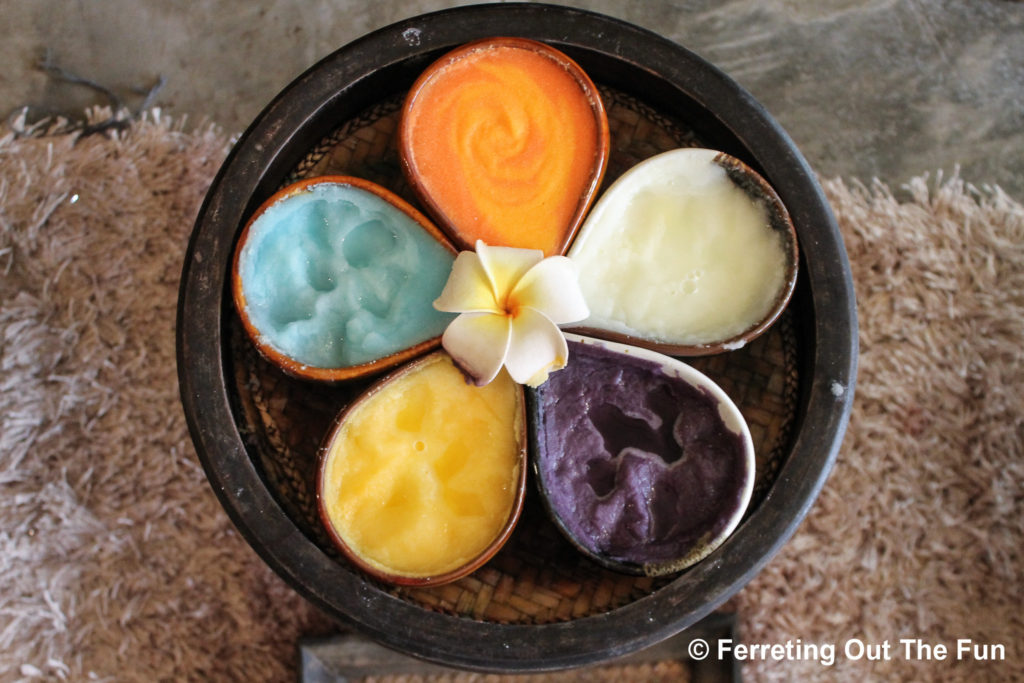
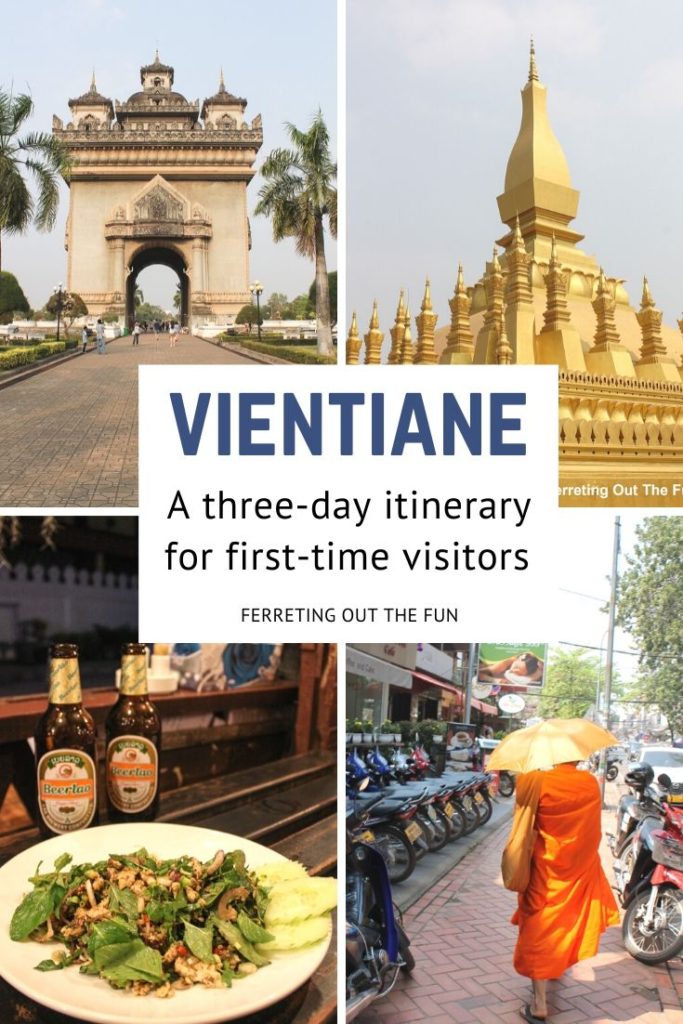
You covered a lot of territory in three days. Love all the pictures you post. They really make you think you have been there and make the places come to life. Great blog as usual.
My three-day itinerary for Vientiane so awesome. Love this article, This is so amazing picture capture. Thanks for sharing your information.